Sources
Filter by themes:
Primary Sources

Excerpt from Chone Gottesfeld’s travelogue ‘My Trip to Galicia’, dedicated to Galician town of Skala (1937)
Returning three decades after his emigration, journalist Chone Gottesfeld of the New York Yiddish newspaper Forverts (פֿאָרווערטס) found his hometown of Skala—today known as Skala-Podilska—in a state of prolonged decline. According to the 1900 census, the town had 5,638 inhabitants, of whom Jews made up nearly half (2,494). By the time of the last census in 1931, Skala’s population had fallen to 4,017, with just 1,460 Jews remaining. More broadly, towns across Galicia never recovered from the devastation of the First World War. During the interwar period, their main source of income—trade with the Russian Empire—had become impossible. As Gottesfeld’s account makes clear, the local population now had virtually no means of subsistence....

Excerpt from Chone Gottesfeld’s travelogue My Trip to Galicia (1937): “The shtetl is dying out. And this is not the only shtetl in Galicia.”
This excerpt continues journalist Chone Gottesfeld’s reflections on his hometown of Skala, which he left thirty years earlier when he emigrated to America. After visiting Galicia in 1936, he wrote a travelogue whose impressions were first published in the newspaper Forverts (Forward, official Yiddish title: פֿאָרווערטס) and later released as a separate book. It is clear that one of his implicit aims was to encourage financial support for Galician Jews, which is why he focuses primarily on describing their hardships in detail. In this passage, the author highlights the main factors behind the town’s decline, particularly demographic changes driven by economic hardship and recurring epidemics. The head of the Jewish community explains...
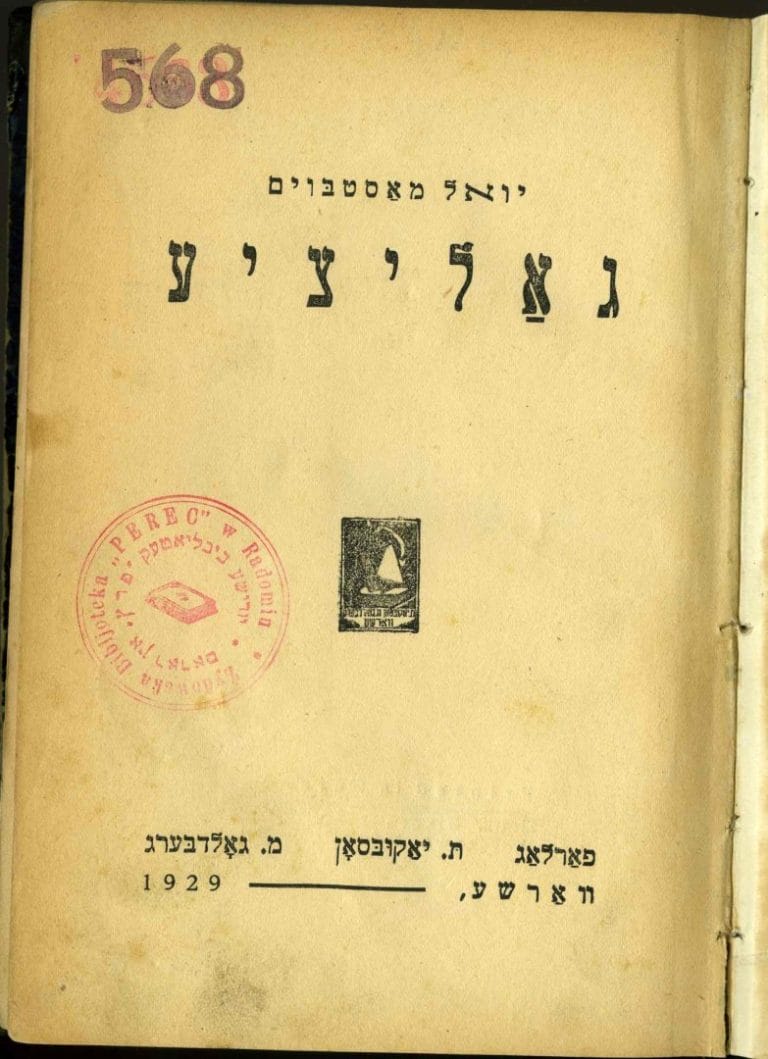
Boryslav mining workers in the late 19th and early 20th centuries
Comment is caming
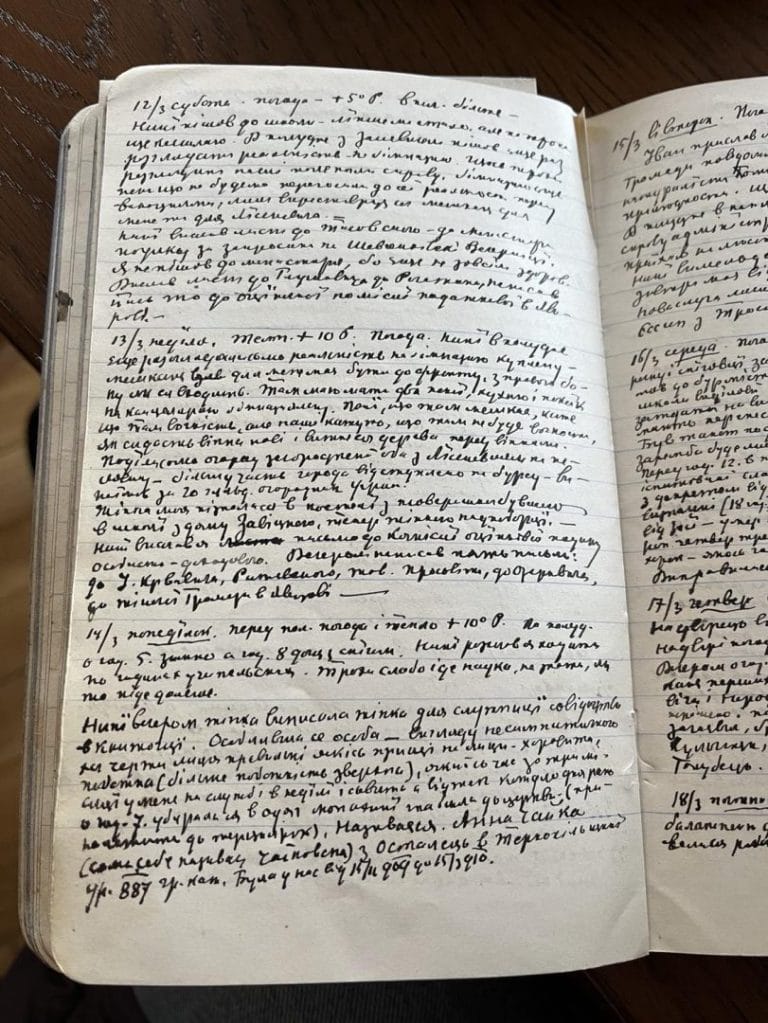
Maria Linchak: From the Story of One Handmaid in Lviv, 1906-1909
The 13 notes presented here are a compilation of all the diary entries by Teofil Hrushkevych, a retired Lviv gymnasium teacher, that mention a servant in his household named Maria Linchak (most often referred to as Marynka or Marynia). These references span more than three years, from 1906 to the autumn of 1909, marking the period during which she worked for the Hrushkevych family. Among all the notes the author made about the servants in his household, Maria Linchak is the most frequently mentioned. Alongside her name, we find at least nine other women who worked for the Hrushkevychs before or after Maria, up until the outbreak of World War I. With the...

Excerpt from Chone Gottesfeld’s travelogue ‘My Trip to Galicia’, dedicated to Ternopil (1937)
This excerpt is taken from a travelogue of impressions and experiences by the renowned journalist Chone Gottesfeld of the New York Yiddish-language newspaper Forverts (Yiddish: פֿאָרווערטס, English: The Forward), published in New York in 1937. In it, the author recounts a journey to his hometown of Skala, which he had left in 1907. At the time, Skala was an atypical Galician town that had flourished during the Austrian period due to the large number of Hasidic pilgrims visiting local tzaddikim in nearby Chortkiv. However, the town fell into decline during the interwar years. Gottesfeld, known for his humorous newspaper stories and for plays performed in both New York and Warsaw, offers in this...

An excerpt from Chone Gottesfeld’s travelogue ‘My Trip to Galicia’, dedicated to Lviv (1937)
Chone Gottesfeld, a well-known journalist for the Yiddish-language newspaper Forverts (Yiddish: פֿאָרווערטס [Forward]) in New York, visited Galicia and documented his impressions in a detailed travelogue, My Trip to Galicia, published by the Association of Galician Jews in America in 1937. His journey was a return to his native land, which he had left three decades earlier, in 1907. The travelogue offers a rich tapestry of comparisons between social life during the Austrian and Polish periods, based both on Gottesfeld’s personal memories and the testimonies of those he encountered. This excerpt also sheds light on the formation of collective memory among Galician Jews during the interwar period. It explores how they recalled the...
Show more
Collapse all
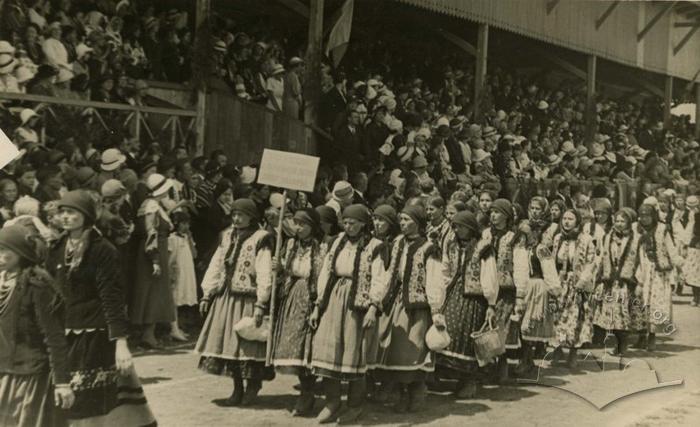
Celebration at the Stadium of the Ukrainian Sokil-Batko, Lviv, 1934
The event captured in the image takes place at the stadium of the Ukrainian Sokil-Batko, likely during the third and final Regional Sokil gathering in 1934. The first Ukrainian gymnastic society, Sokil (Sokil-Batko [Father Falcon]) was founded in Lviv on February 11, 1894. The model was the charter of the Czech Sokol (1862, founded by Miroslav Tyrš). The goal of the society was fostering national unity, strength, and dignity among Ukrainians while also promoting endurance, agility, entrepreneurship, and discipline. Beyond gymnastics, Sokil placed significant emphasis on firefighting and tourism. The society’s first chairman, serving until 1900, was the renowned architectural engineer Vasyl Nahirnyi. By 1900, Sokil had expanded its activities across Galicia, leading...
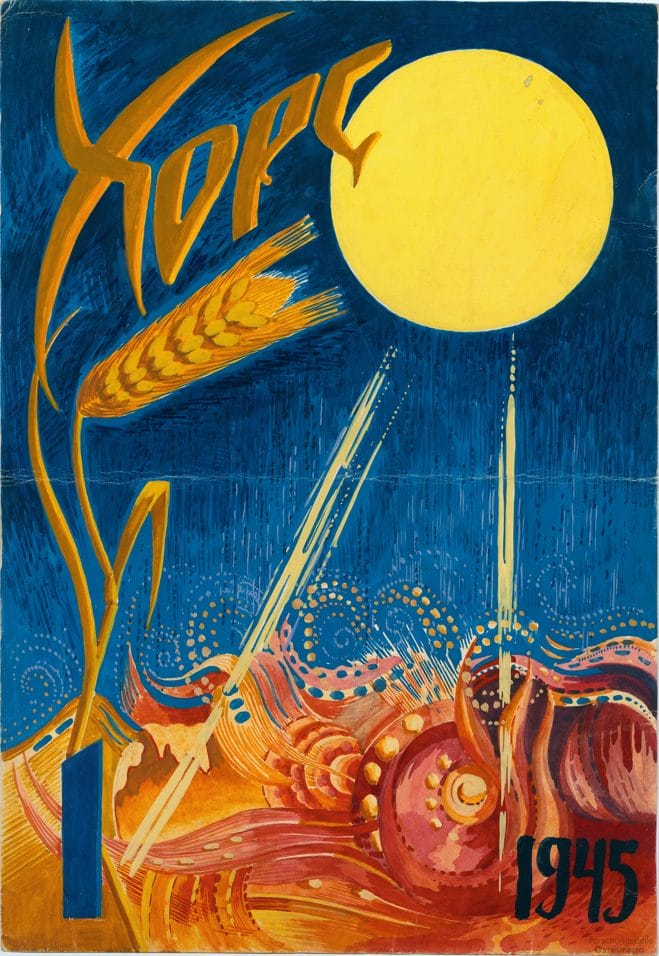
Title Pages of Never Published Editions of the DP Journal KHORS, 1945-1951
The idea of the Ukrainian DP-creation KHORS as a movement and a journal was kept alive for many years, even though the journal’s publication, initially planned as a quarterly, could never be realized beyond a first edition in 1946. The title pages listed here were never published, but they can provide interesting insights into the senses put into KHORS by its creators, its design, and the materials used. In 1945, immediately after the war, Ukrainian artist Halyna Mazepa drew the first cover with simple paint on a piece of cardboard. Its design was intended to reveal the idea of the future edition. The journal’s title is written in wheat, an important symbol in...
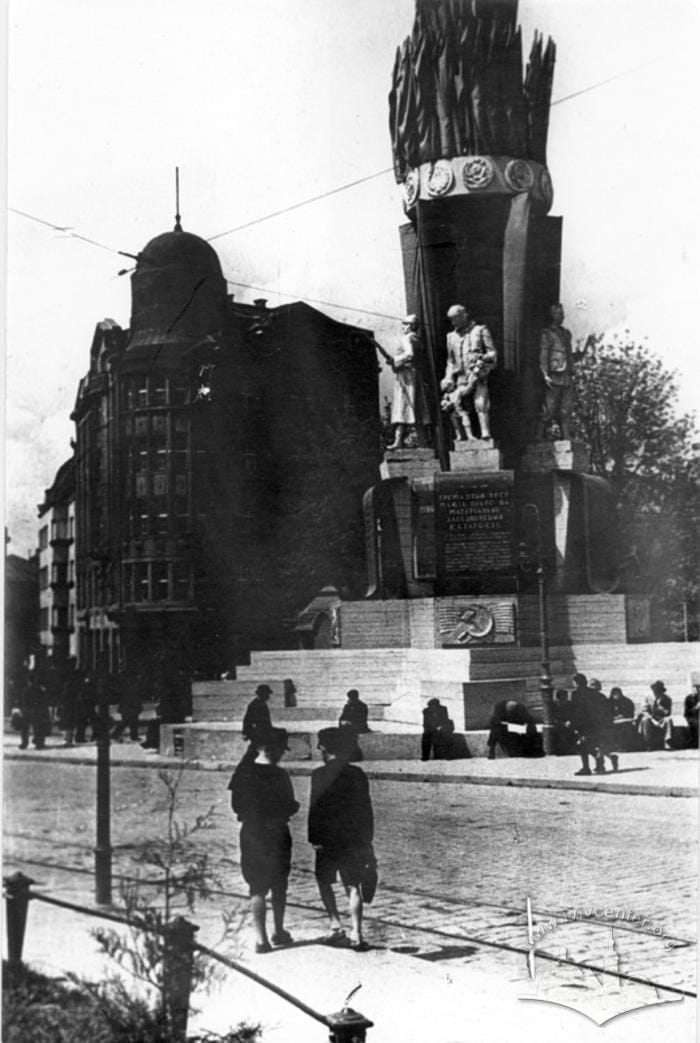
View on the Monument to the Soviet Constitution, Lviv 1940
The monument to the Soviet constitution, or the Stalin Constitution, was built in Lviv in October 1939. The authors were the sculptor Serhyi Lytvynenko and Kyiv artist Mykhailo Dmytrenko, it’s possible that, the artists adapted the project, originally conceived in Moscow, to the new city conditions. The sculptors Yevhen Dzyndra and Andryi Koverko carried out the project, but the participation of Lytvynenko’s student the young sculptor Yakiv Chaika is also a possibility. The monument was made in the ceramic-sculpture factory, which opened on Muchna St. in 1939. The location for the monument was chosen in the city centre, the “island” on the boundary mark of the Hetman embankments, between Yahellon’ska st. and Holy...
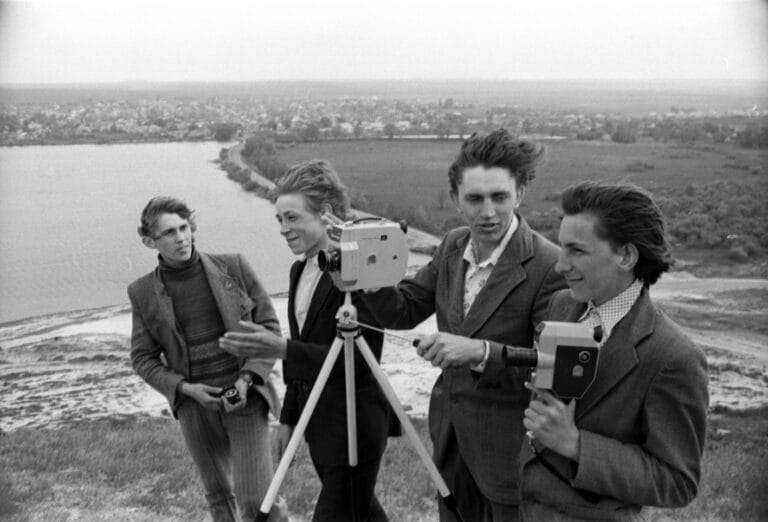
Members of the cinema club in the village of Novooleksandrivka, Ukrainian SSR, during a film shoot, May 1981
In addition to film studios, which predominantly comprised adults, the network of amateur filmmaking also encompassed groups tailored for children and teenagers, typically organized within houses of culture or schools. Oversight of these groups was typically carried out by representatives from People’s Studios and local film clubs. The archival caption of this photograph reads as follows: “Members of the cinema club at the House of Culture in the village of Novoaleksandrovka, Belovodsk district, Voroshilovgrad oblast, during a film shoot. From left to right: students Naydysh A, Petrov P, the club’s leader Kolesnik V. I., student Burian V. — village Novoaleksandrovka, 15 May 1981, by Y. Khromushyn (outdoors against the backdrop of a river).”

Film amateurs of the steam locomotive and car repair plant, photograph dated of 1956
“The initiators of a film studio at the steam locomotive and truck repair plant (from the left to the right) Slutskyn S.S., Art Club Director of Tool and Inventory Shop, Skybalo G.L., Director of Radio Broadcasting Center, and Zirka A.V. are looking through the first shots of the new film about the plant, Lviv December 7th, 1956". This archival record accompanies this photograph in the Central State Audio/Visual and Electronic Archive (until the recent times called Central State G.S. Pshenychnyi Filming Archive) in Kyiv. Despite it is the official representation of film amateurs that was probably created for the purpose of media publications, careful analysis of the details makes it possible to discern...
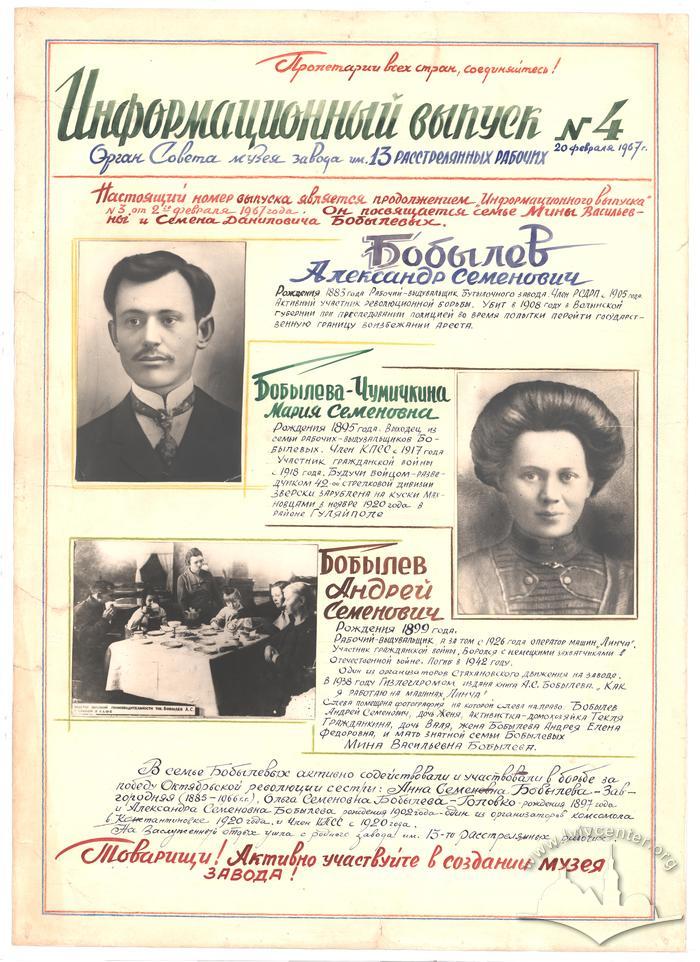
Wall newspaper of Kostyantynivka’ bottling plant, 1967
This wall newspaper is part of a series of wall newspapers from the Kostiantynivka bottling plant, created in 1967. The series consisted of 13 excerpts dedicated to local participants in the fights against the White Guards after the First World War. Thirteen newspaper issues reveal the plant's history, explain its name "13 Executed Workers Plant", and call for the publication of photographs and memories related to the confrontation with the White Guards. The presented here example tells the story of the family of Bobylov Aleksandr Semenovych and Bobylova-Chumychkina Mariia Semenivna, who were participants in the revolutionary movement. In 1918-1920, Kostiantynivka underwent numerous power changes, seized first by the White Guards and then by...
Show more
Collapse all

Amateur Media and Life in Cheryomushky
In addition to the official media (ekklesia)—the imagined narratives and myths presented through theatrical performances, films, and other sanctioned representations consumed by Soviet citizens in the agora (for instance, in cinemas as part of the public sphere, or via television as a window onto it)—there also existed a private sphere (oikos). But how can we uncover what everyday life was like for ordinary people? One valuable source for accessing this lived reality is amateur film recordings, which captured fragments of daily life in cheryomushky and khrushchovkas. The Soviet Union maintained a unique ideological system that simultaneously restricted and encouraged amateur media. The state promoted amateur filmmaking through official clubs—such as those...
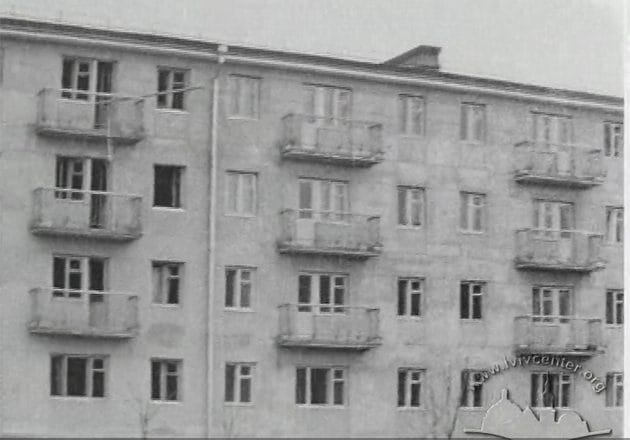
TV News from a Lviv Television Studio in the 1960s
The task of popularizing the Soviet government’s approach to solving the “housing issue” in the Ukrainian SSR was entrusted not only to trade unions and their media—such as construction or architectural magazines—or to artists working in theater and cinema, but also to television. A television studio in Lviv was established in 1955, and by 1957 it was already actively producing local news. These broadcasts typically featured several short stories, each lasting from one to three minutes, focused on the region’s economic and cultural development. When not aired live—live broadcasts being made possible through the use of a mobile television station—the news segments were filmed on 16 mm film by traveling television crews. The...
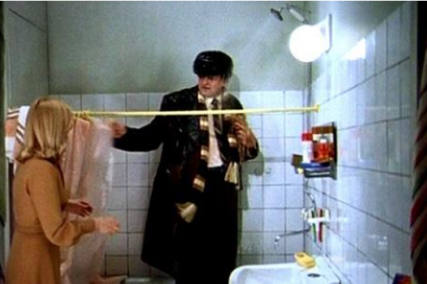
The Irony of Fate, or Enjoy Your Bath!, a 1975 Soviet Film
In 1969, Soviet playwrights Emil Braginskiy and Eldar Riazanov wrote the play Enjoy Your Bath! Or Once Upon a Time on New Year’s Eve, which quickly became a favorite in Soviet theaters. In the early 1970s, the decision was made to adapt it for television, leading to the premiere of the two-part TV movie during the New Year’s holidays of 1975–1976. Much like the 1959 Moscow operetta about the Cheryomushki neighborhood, a popular theatrical plot was reimagined in a new medium—this time, not through cinema but television. Unlike the 1963 film musical Cheryomushki, the adaptation took the form of a television movie enriched with numerous musical interludes, which became widely popular after its...
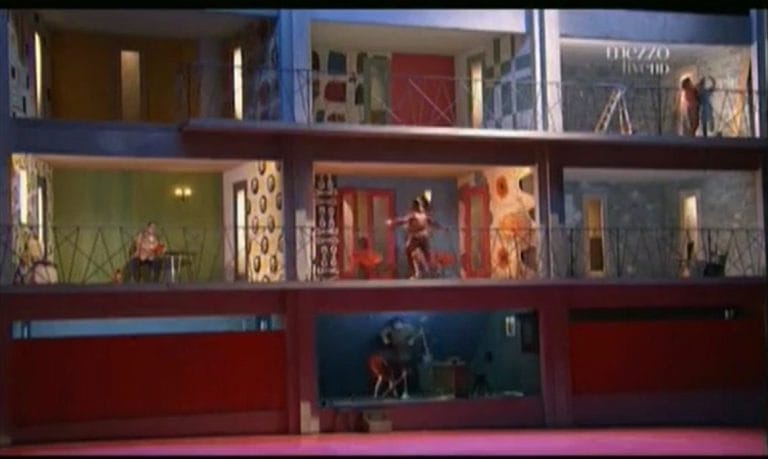
Moscow, Cheryomushki, a 1959 Soviet Operetta
On December 24, 1958, the premiere of the three-act operetta Moscow, Cheryomushki took place at the Moscow Operetta Theatre. The music was composed by the renowned Soviet composer Dmitri Shostakovich, and the production was widely referred to in the media as the “Shostakovich operetta.” The official opening followed on February 24, 1959, and the work was met with favorable responses from both audiences and critics. The libretto was written by prominent Soviet playwrights and screenwriters Vladimir Mass and Mikhail Chervinsky. The stage production was directed by Vladimir Kandelaki and Leon Zaks, with Grigori Stoliarov as conductor, Georgi Kigel as set designer, and Halyna Shakhovska as choreographer. Two years after the premiere, Shostakovich’s friend,...
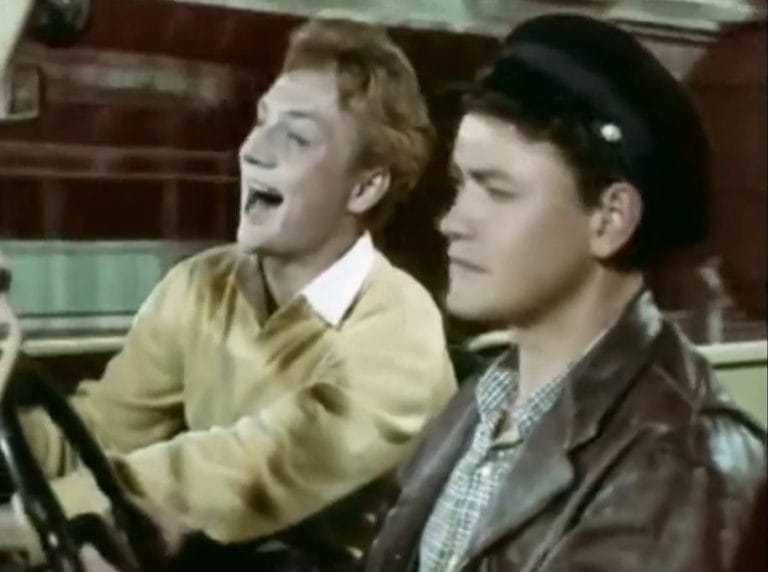
Cheryomushki, a 1963 Soviet Film
In 1961, the USSR’s cinematic authorities approved the idea of adapting the operetta Moscow, Cheryomushki into a film, and the search for a director began. The creators wanted someone with a musical background, so they turned to Herbert Rappaport, a professional musician. Rappaport had gained experience in musical cinema through his participation in Grigori Kozintsev’s Don Quixote (1957, Lenfilm), a renowned Soviet film that received international awards. Interestingly, Rappaport—an ardent admirer of the Austrian composer Gustav Mahler—enjoyed the music of the operetta. His idea to adapt the play into a film received support from Nikolai Rabinovich, professor at the Leningrad Conservatory and chief conductor of the local symphony orchestra, who became the conductor...
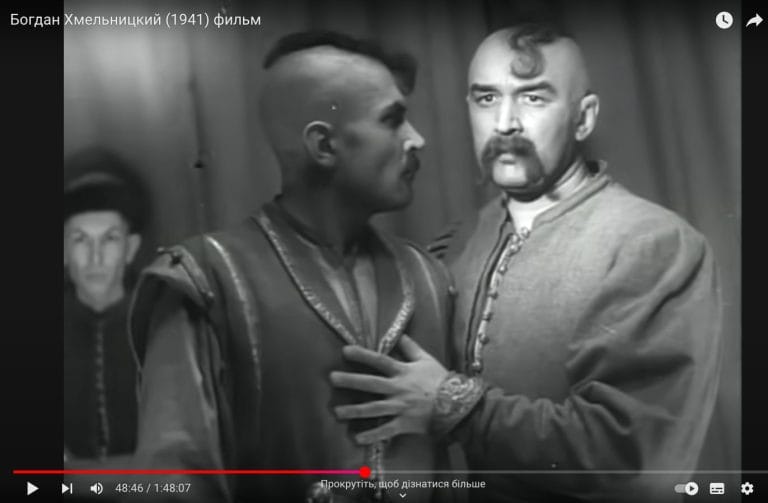
Bohdan Khmelnytskyi, a 1941 Soviet Propaganda Film
“Bohdan Khmelnytskyi” is a 1941 Ukrainian Soviet historical propaganda film directed by Ihor Savchenko. It is about the life of Bohdan Khmelnytskyi, the hetman of the Zaporozhian Cossacks, and the first years of Cossacks liberation war against the Polish nobility led by him. This film was shot at the Kyiv Film Studio (now the Oleksandr Dovzhenko National Film Studio). Its script was based on the 1939 play of the same name by the Ukrainian Soviet playwright and publicist Oleksandr Korniychuk.
Show more
Collapse all

Roman Buchko on Soviet Film Amateurs: Excerpt from an Interview on November 1, 2012
Comment will follow...

“Oh, in the meadow blooms the red viburnum,” a Ukrainian resistance song
This source is an audio recording of the folk version of the one of the most popular Ukrainian resistance songs. It is known by various titles: “The rifleman’s Anthem,” [Cтрілецький гімн] “The song of the viburnum,” [Пісня про калину] or “Oh, in the meadow blooms the red viburnum” [Ой у лузі червона калина]. The song’s worldwide spread was facilitated by the performance of Andriy Khlyvnyuk, the lead singer of the Boombox band, who on February 28, 2022, the fourth day of Russia’s full-scale attack on Ukraine, sang only the first stanza of the song. His performance on St. Sophia Square in Kyiv led to the emergence of remixes. Among the many performers are...

Legend about the “disguised emperor” during the First World War
This source is the audio recording of the legend about the events of the First World War. The storyline describes an “emperor” who was incognito inspecting his army and its provisions. The prototype for the protagonist is Franz Josef I (1830–1916), the emperor of the Austrian Hungarian Empire. This artistic image shows the elements of naive monarchism. The type of “just and kind” ruler is based on his favorable attitude to Galician Ukrainians, who he took as loyal to the Habsburgs. This social myth about the “loyal troops” consisting of Ukrainians was reflected in the prose but also in songs from the late 19th and early 20th centuries. Our emperor is getting old...

Grine kuzine (Green Cousin), song about emigration, 1921
The song, with a debatable authorship, was written for a Jewish theater. It was performed both in Europe and in the United States, and it became one of the most popular migrant works. The word “green” was an ironic definition of new immigrants who did not navigate well in American reality. The song “Green Cousin” raises the issue of disappointment of migrants in America, where hard work exhausts new-comers and does not bring the expected profit. The “Columbian state” appears not as a dream country where dreams come true, but a society of inequalities. Despite the hilarious music and satirical plot, the song shows the anxiety of emigrants due to the lack of...

A brivele der mamen (A Little Letter to Mama), song about emigration, 1907
The song was written by a Belarusian composer and singer, Solomon Smulewitz (1868-1943) in 1907. The author also had experience of migration to the United States. The song became very popular. In particular, it was used as a basis for a theatrical production and a film in Yiddish. The work raises the issue of migration caused separation of families. While the son who went to America has a successful life and a new family, his mother feels abandoned. Before her death, she asks her son not to forget to read Kaddish, a memorial prayer for her. The problem of separated families remained common to all migrants, but in this text the Jewish prayer...

“Goldene land” (Golden land), song about emigration, 1889
The song was written by a Lithuanian Jewish poet, Eliakum Zunser (1840-1913) based on his own experience of emigrating to the United States. The song "Golden Land" touches on the issue of new migrants, whose high expectations fail. The American city turns out to be a space full of dirt, noise, and poverty. Although jobs are available, they are poorly paid and dangerous to health. America is also not a place of social equality, because like in Europe, there is a disproportion in the distribution of wealth. This is an urban experience that was shared by many Jewish migrants who found work in the textile industry, or like Zunser himself, in the printing...
Show more
Collapse all

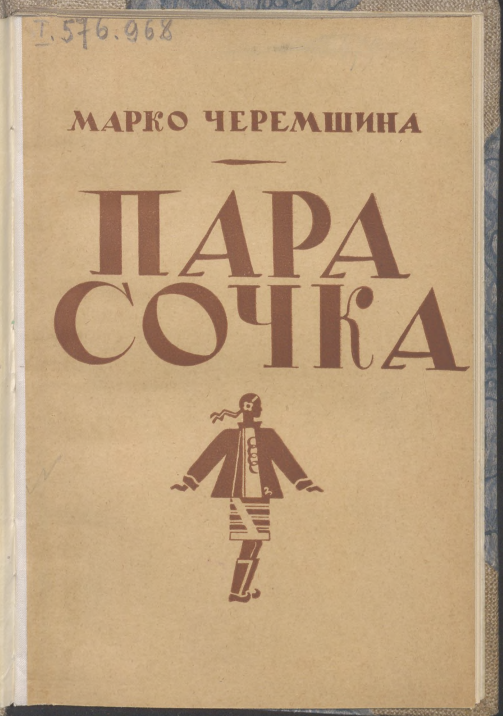

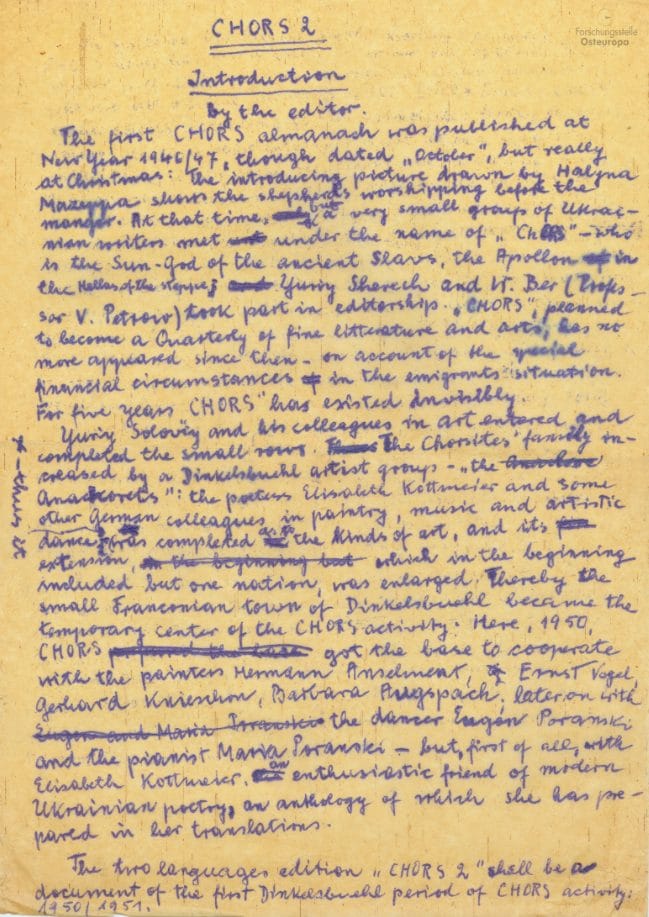

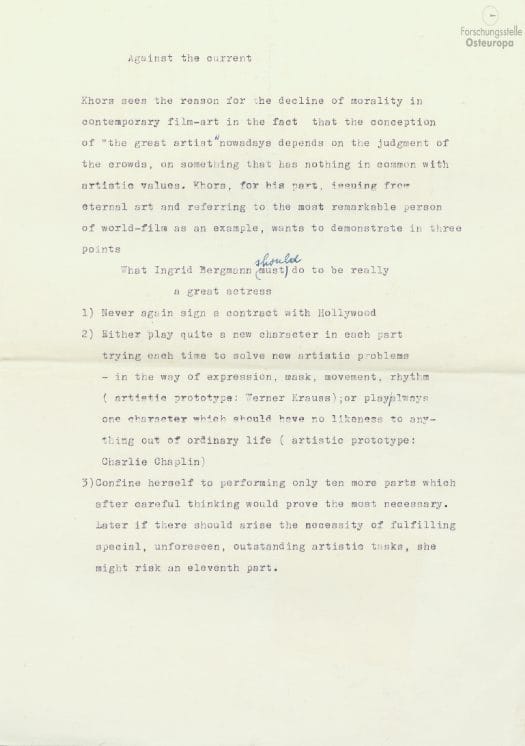

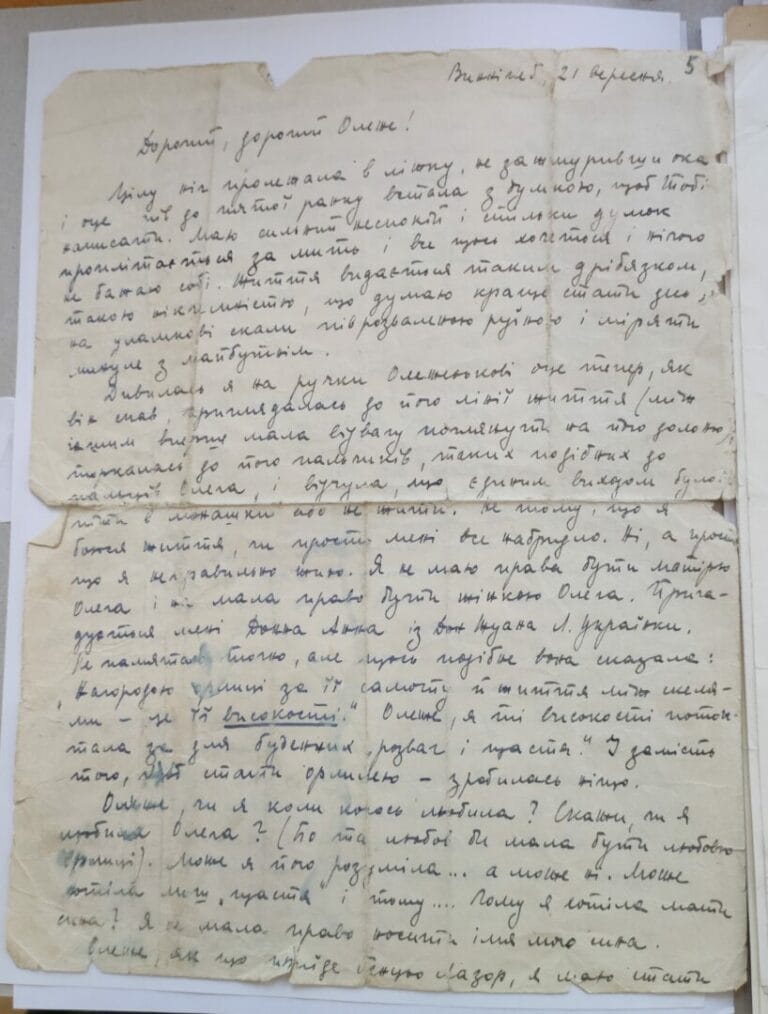
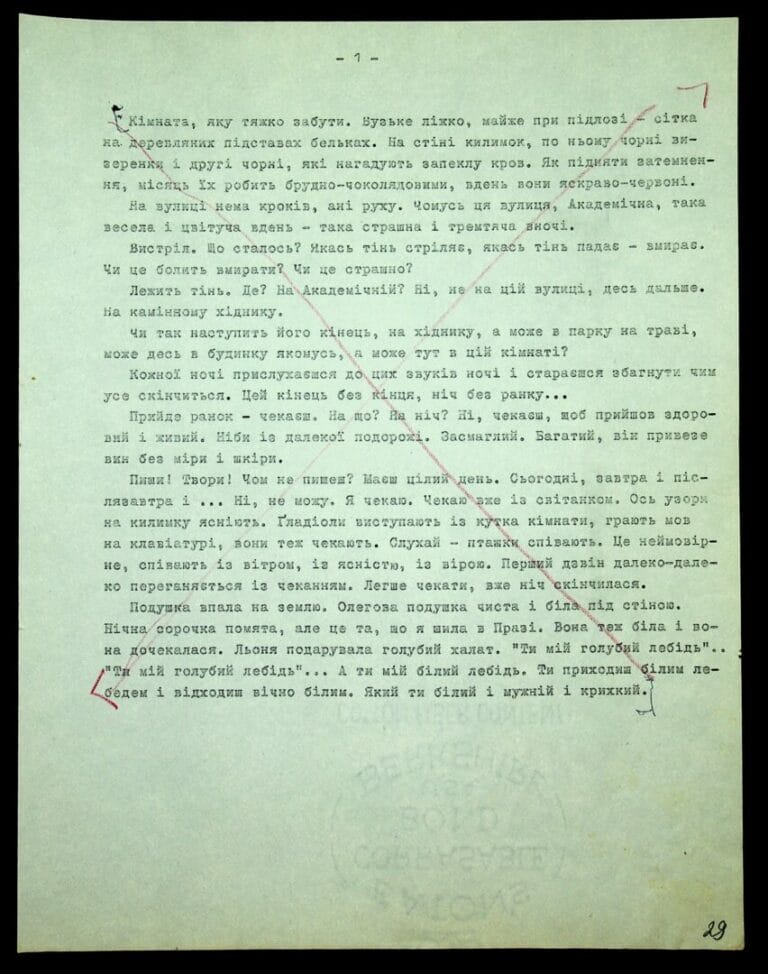
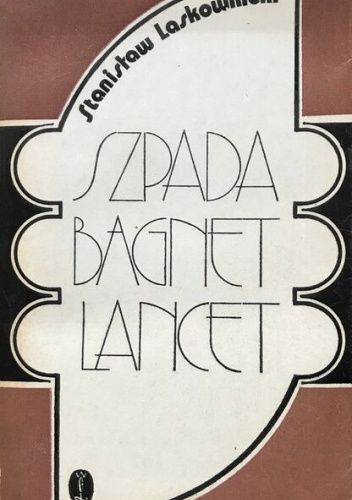
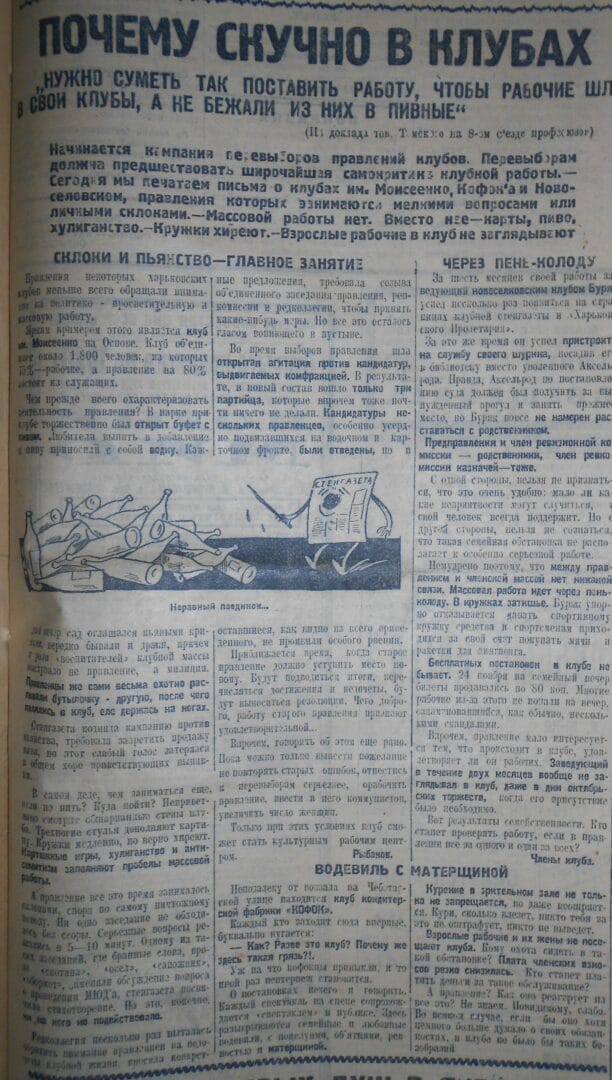
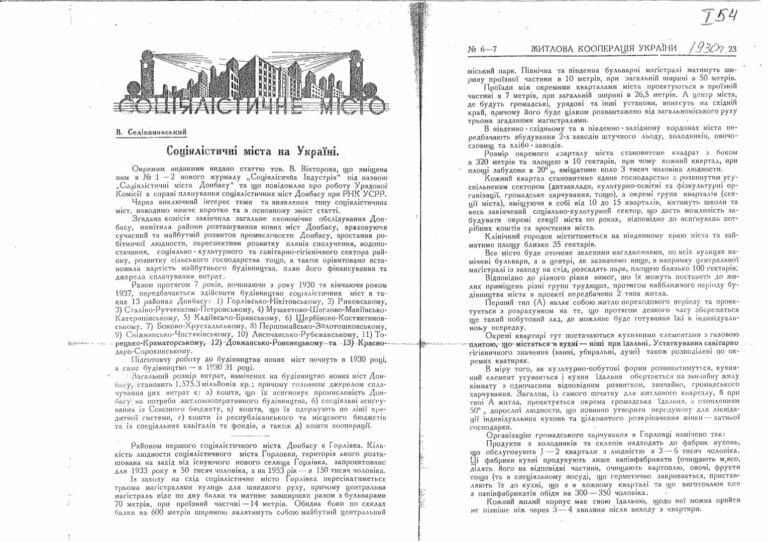
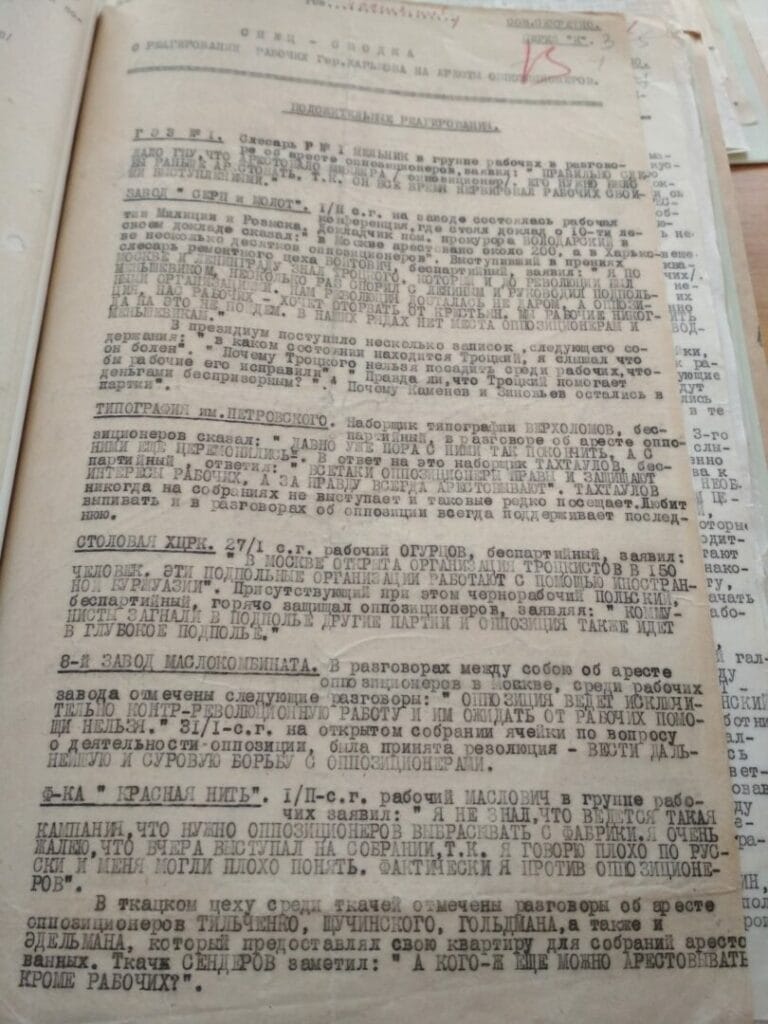
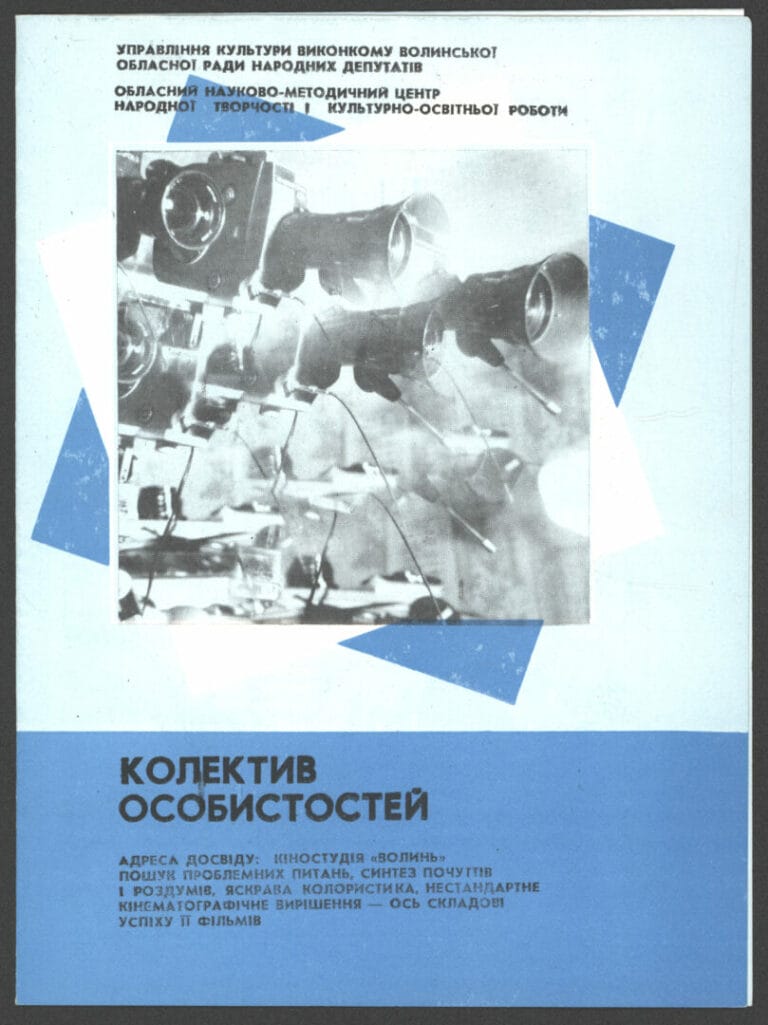
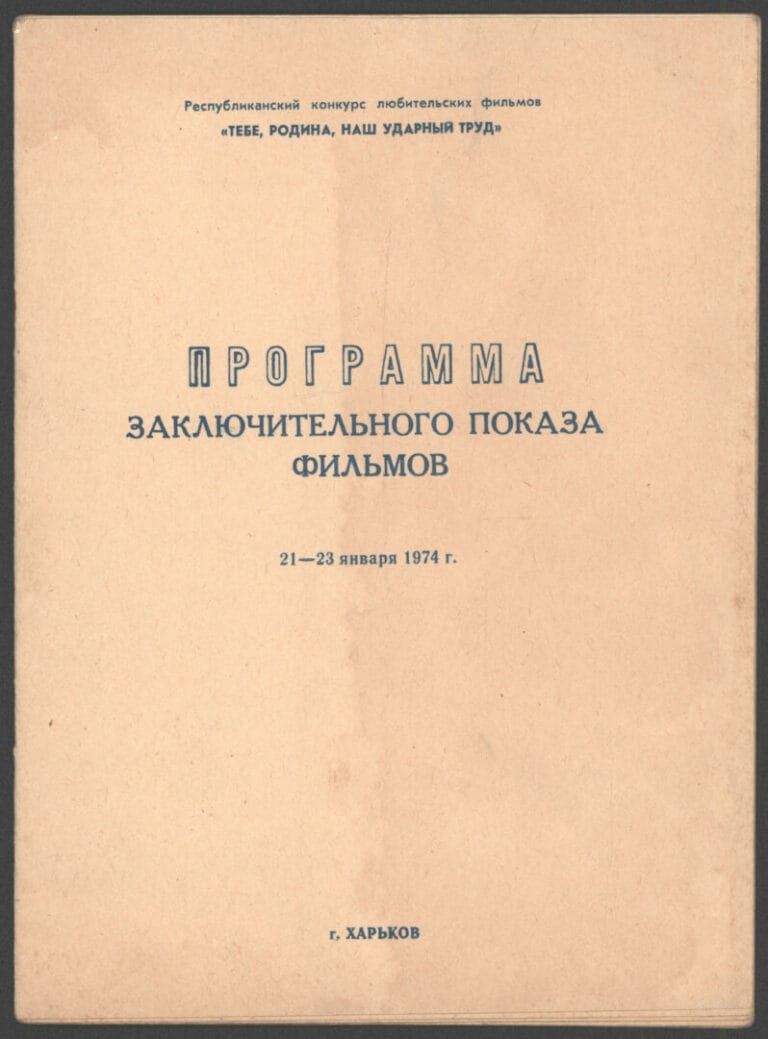

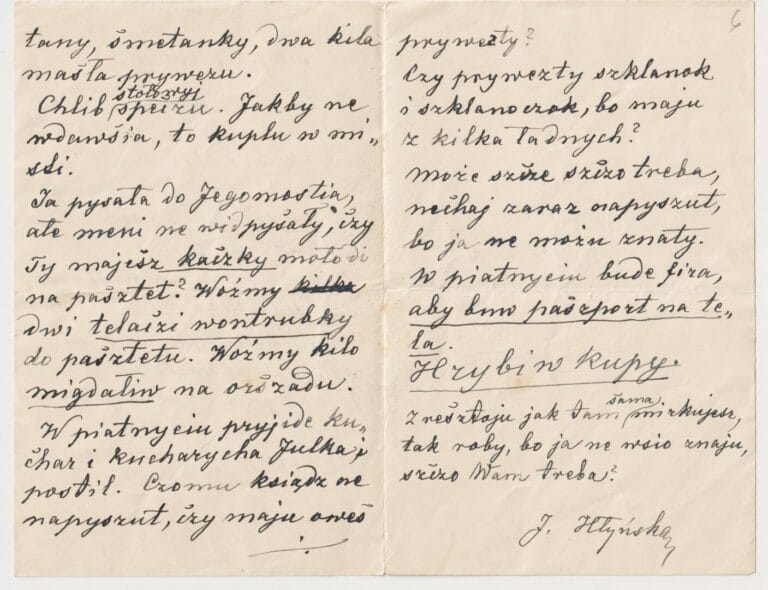
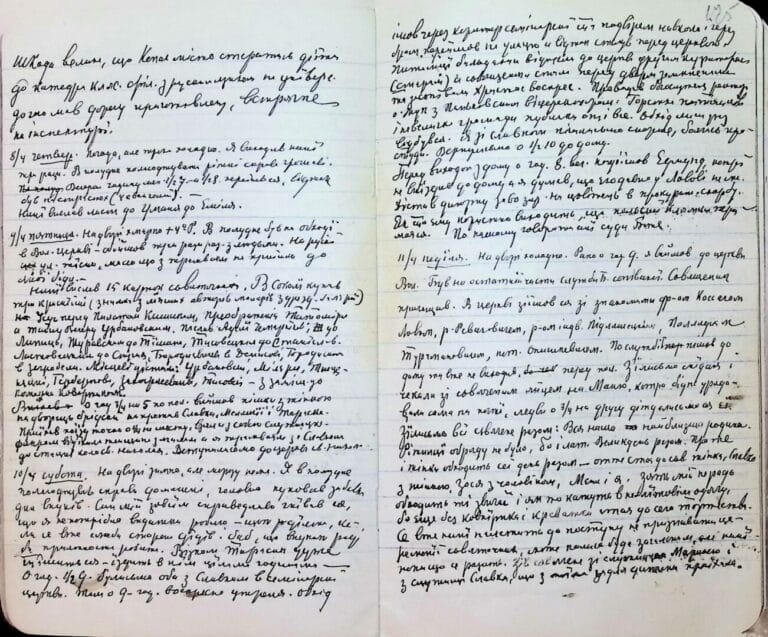

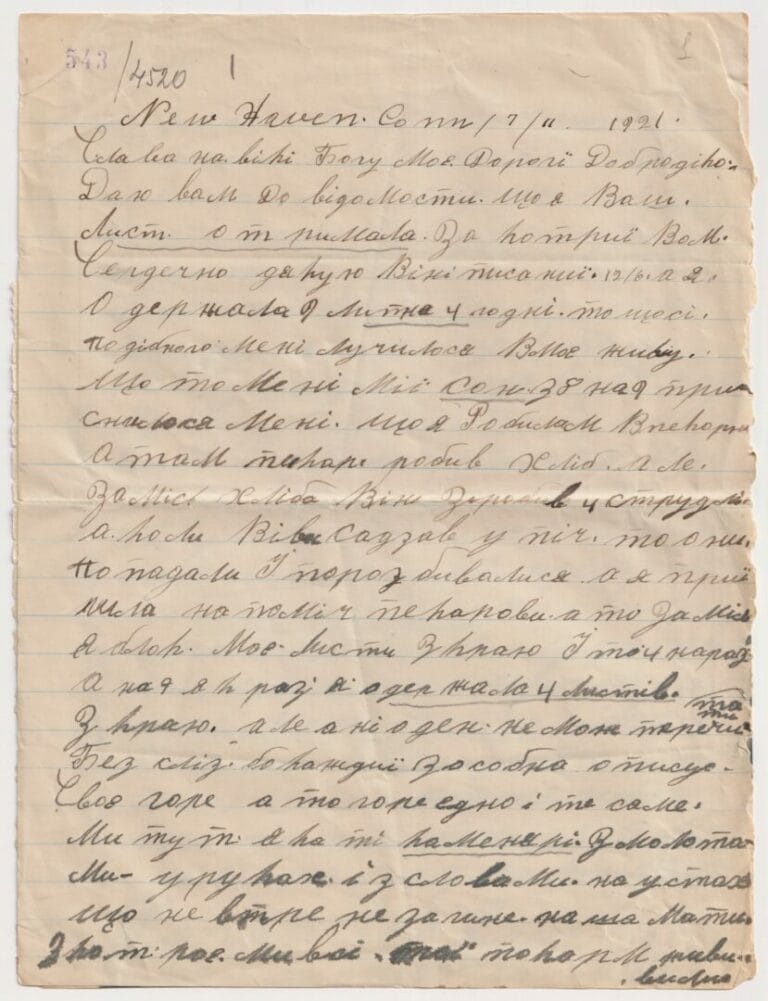


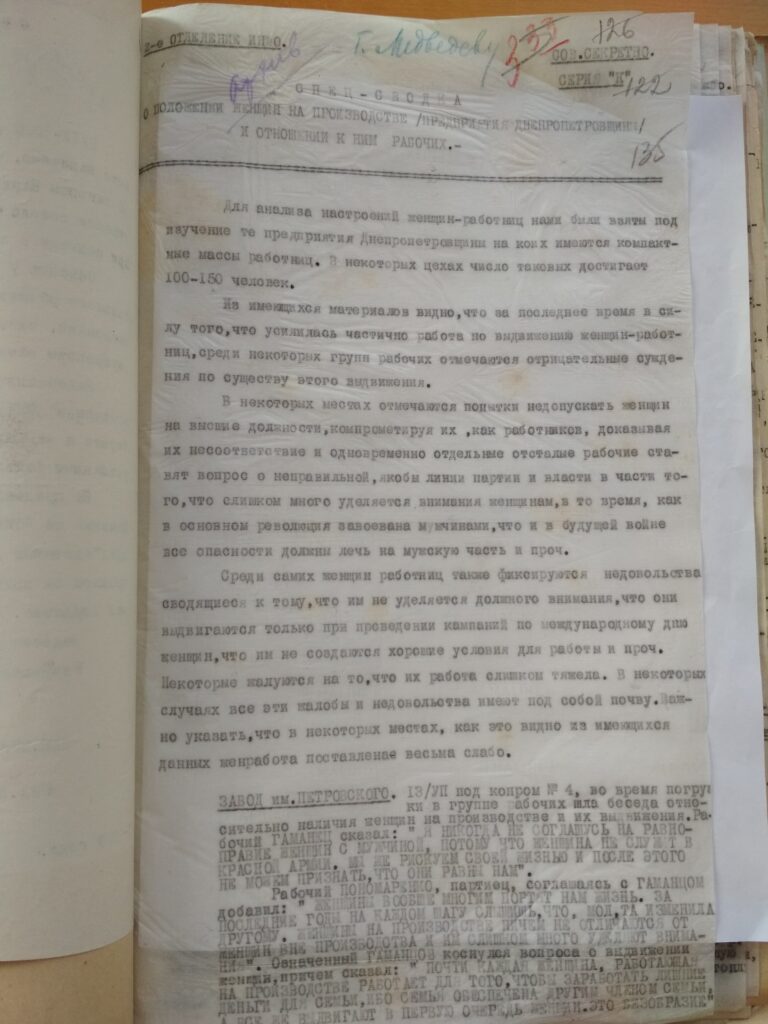
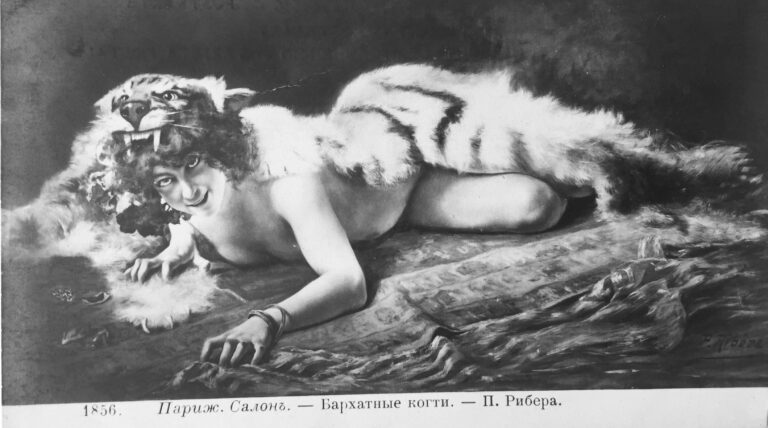
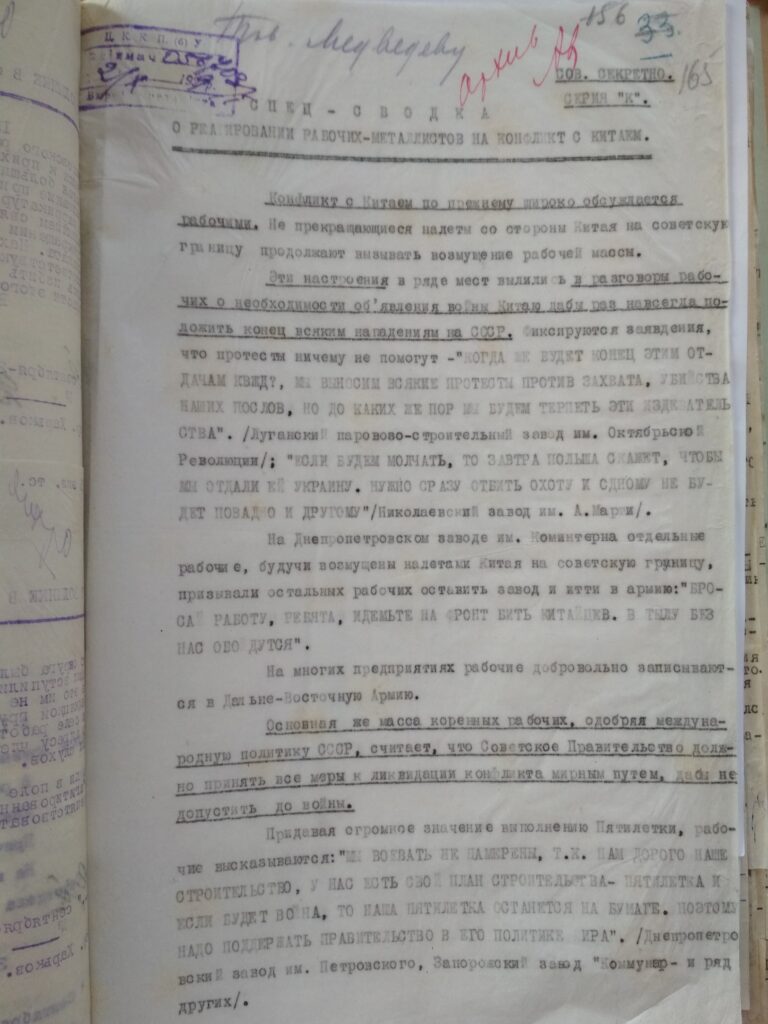
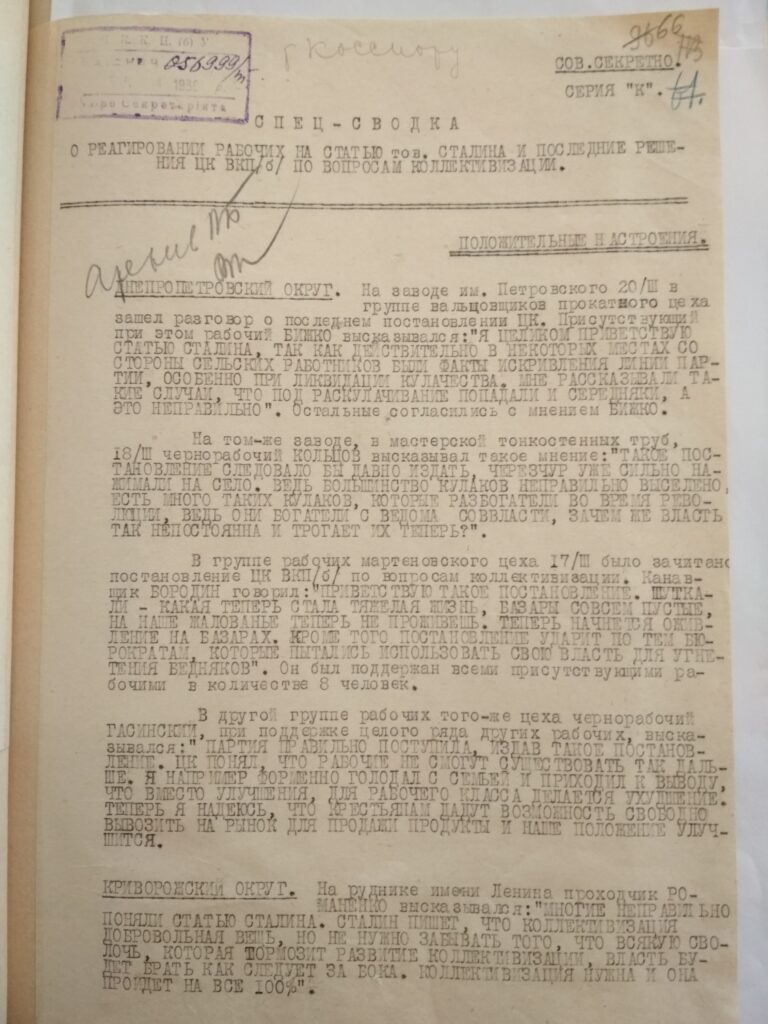
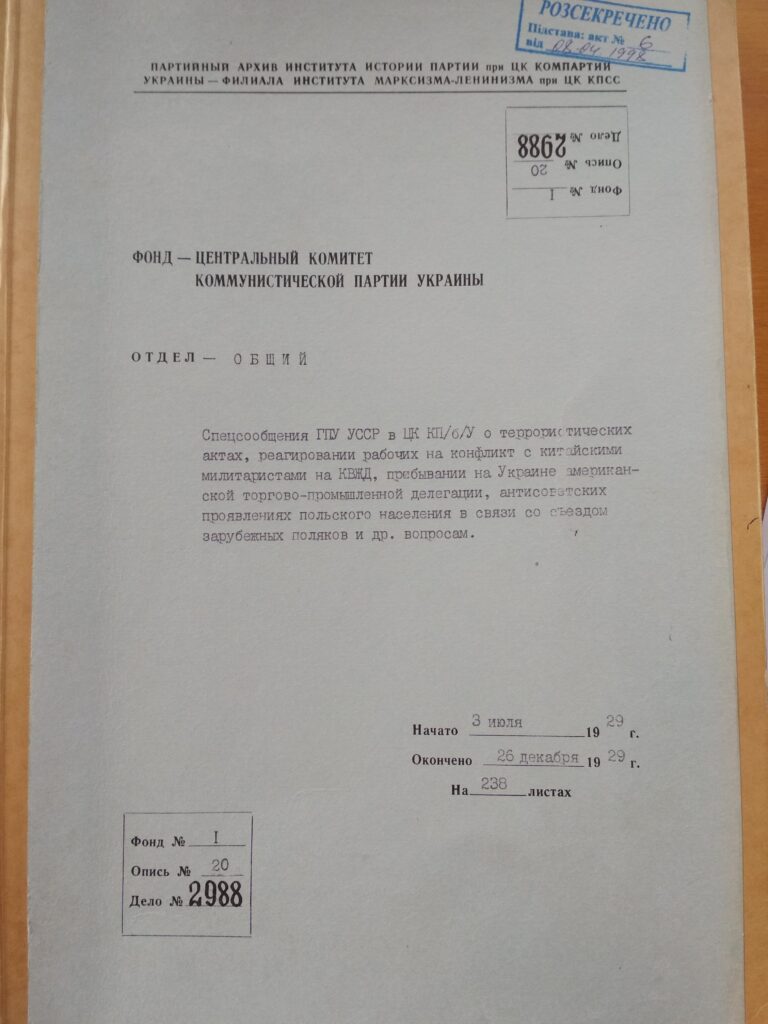
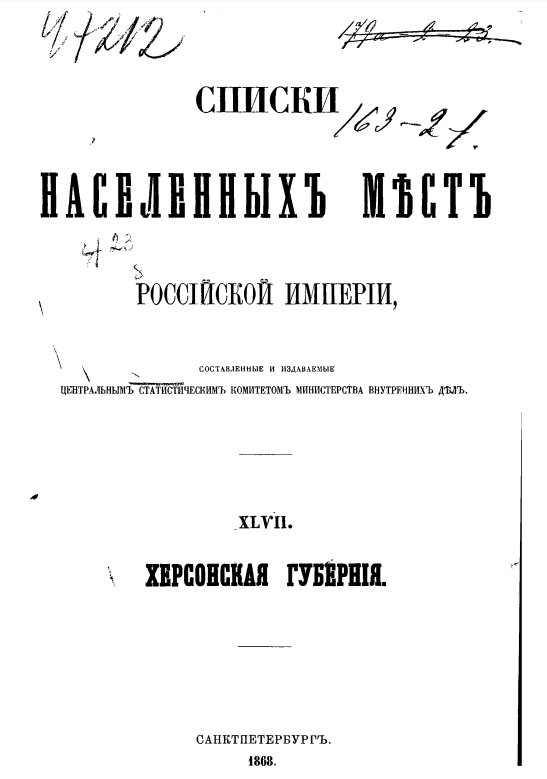
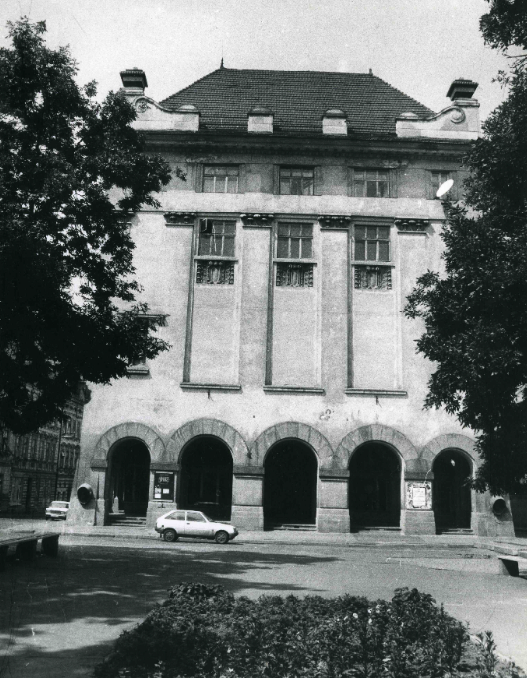
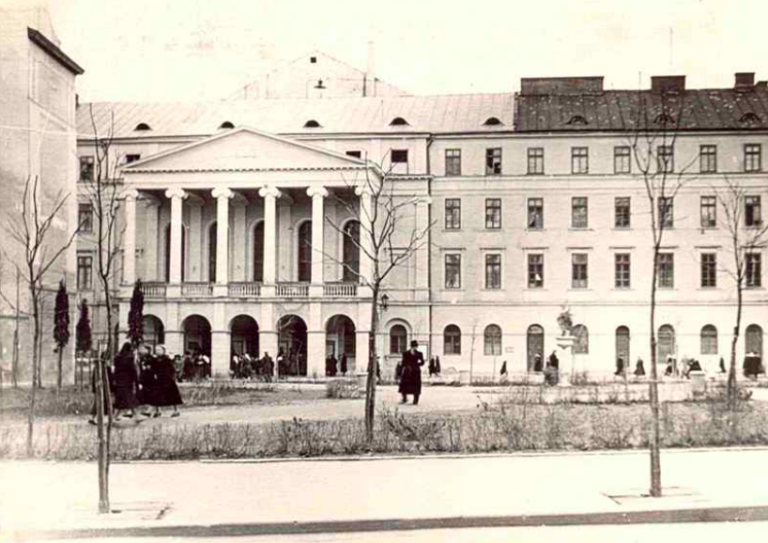


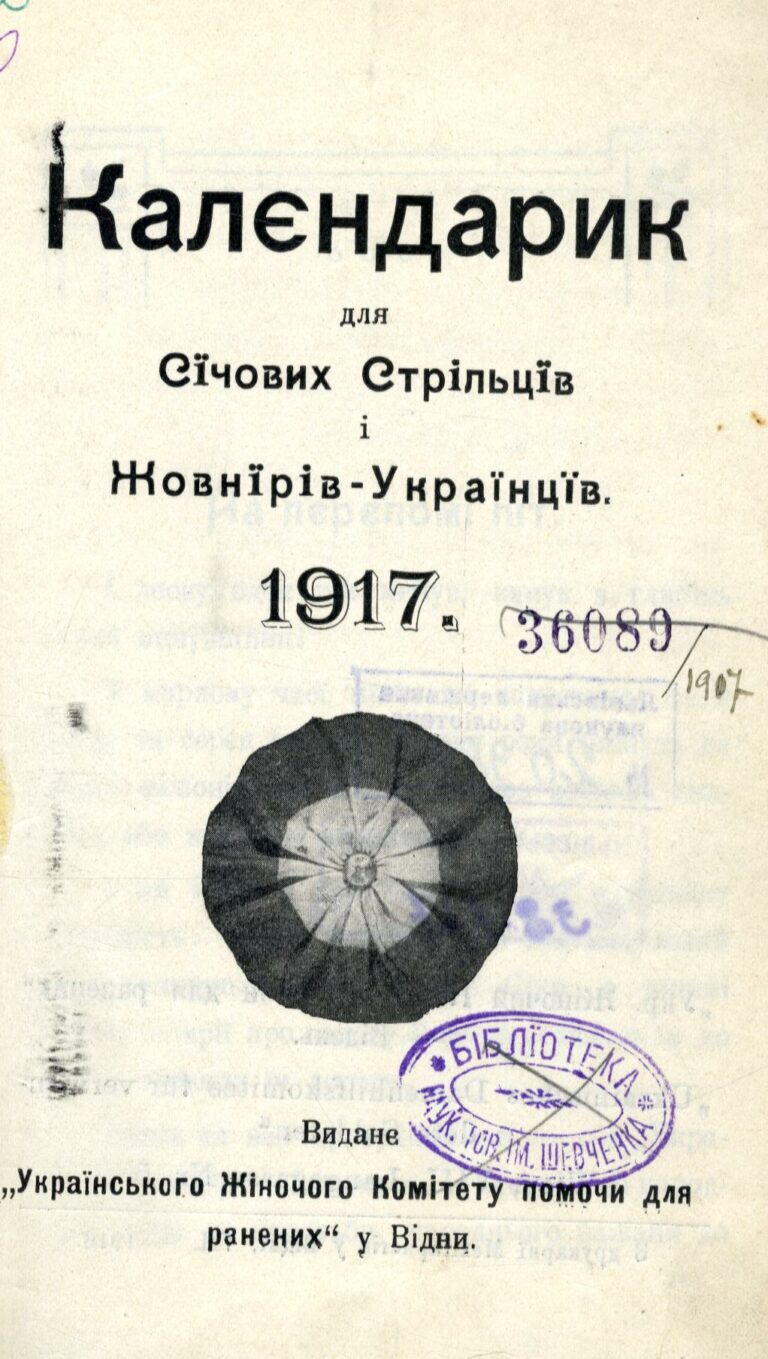

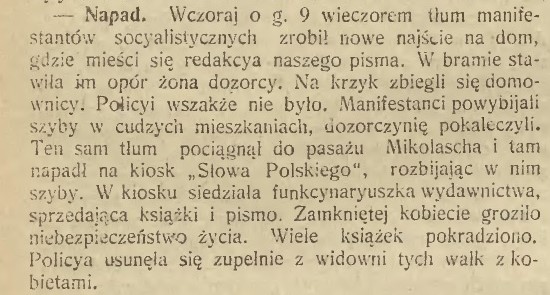
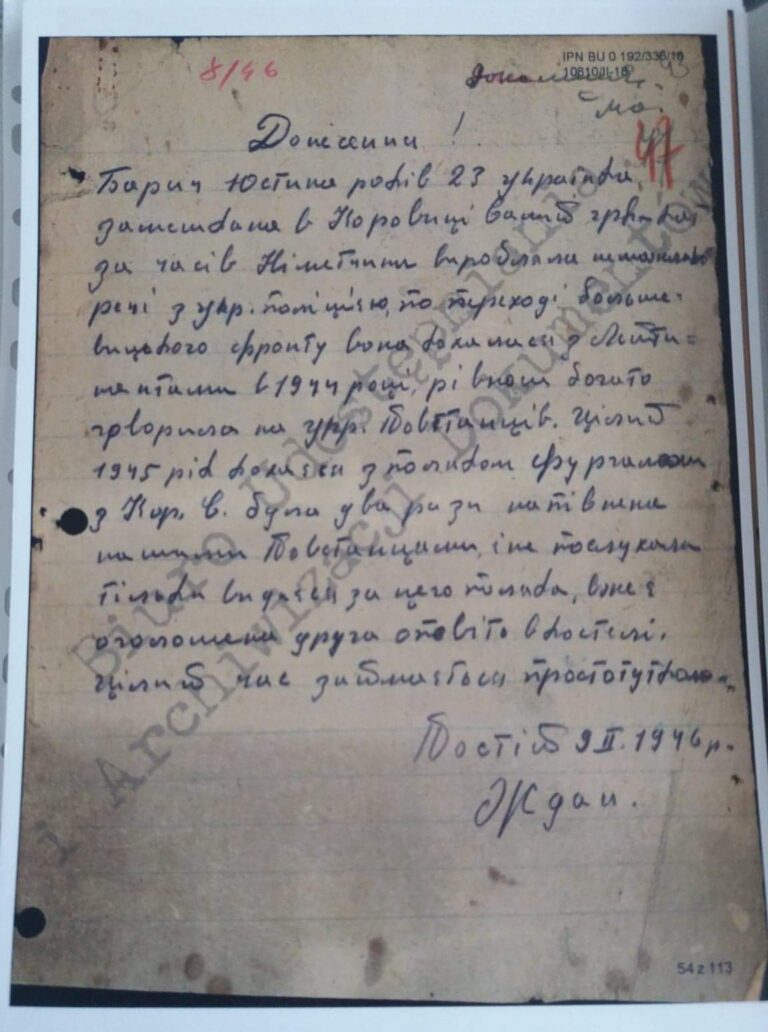
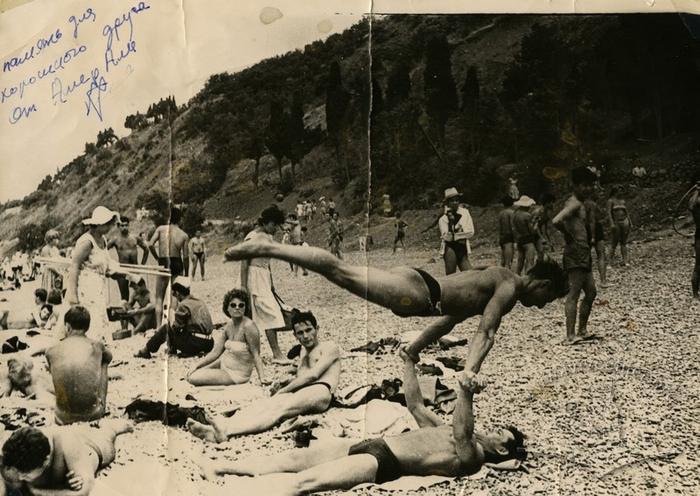

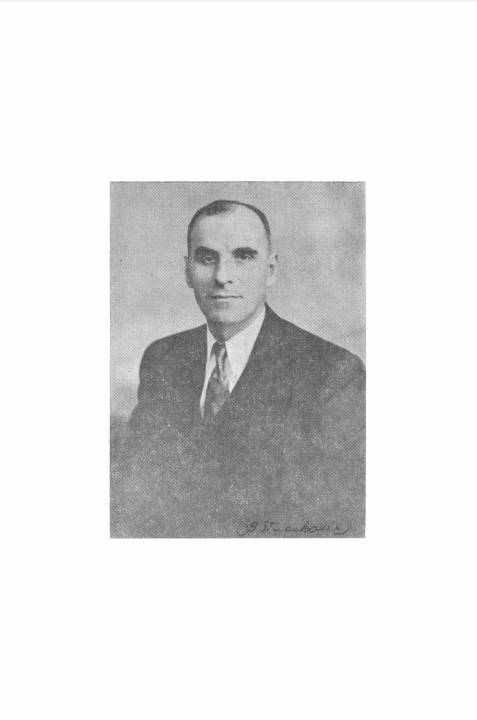
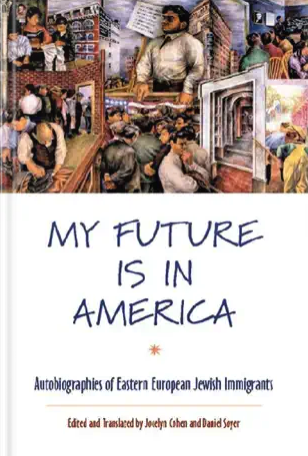
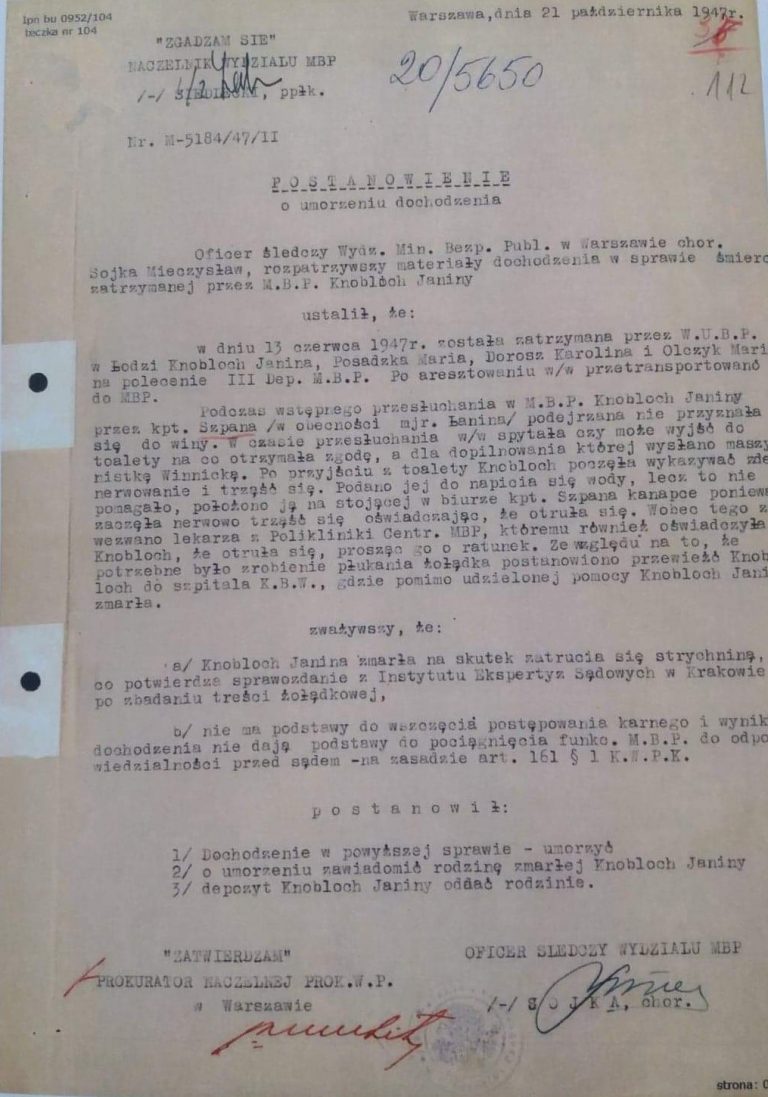
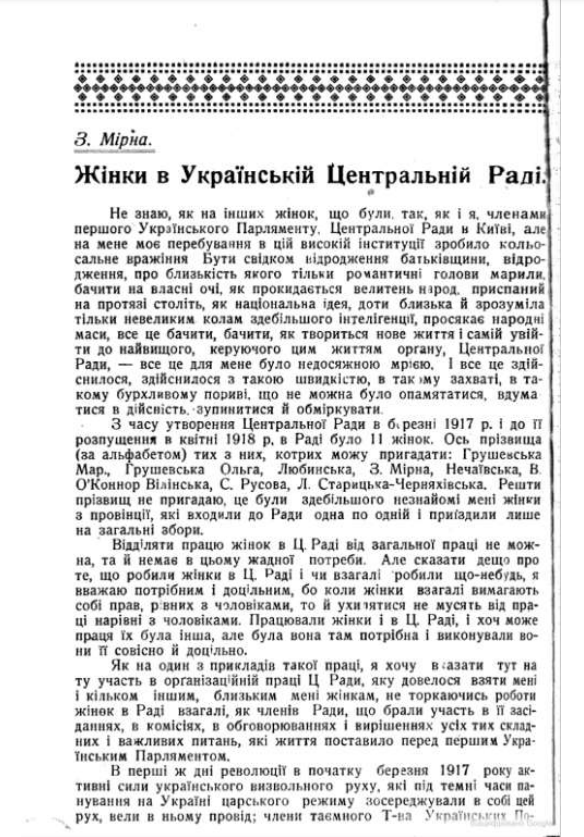
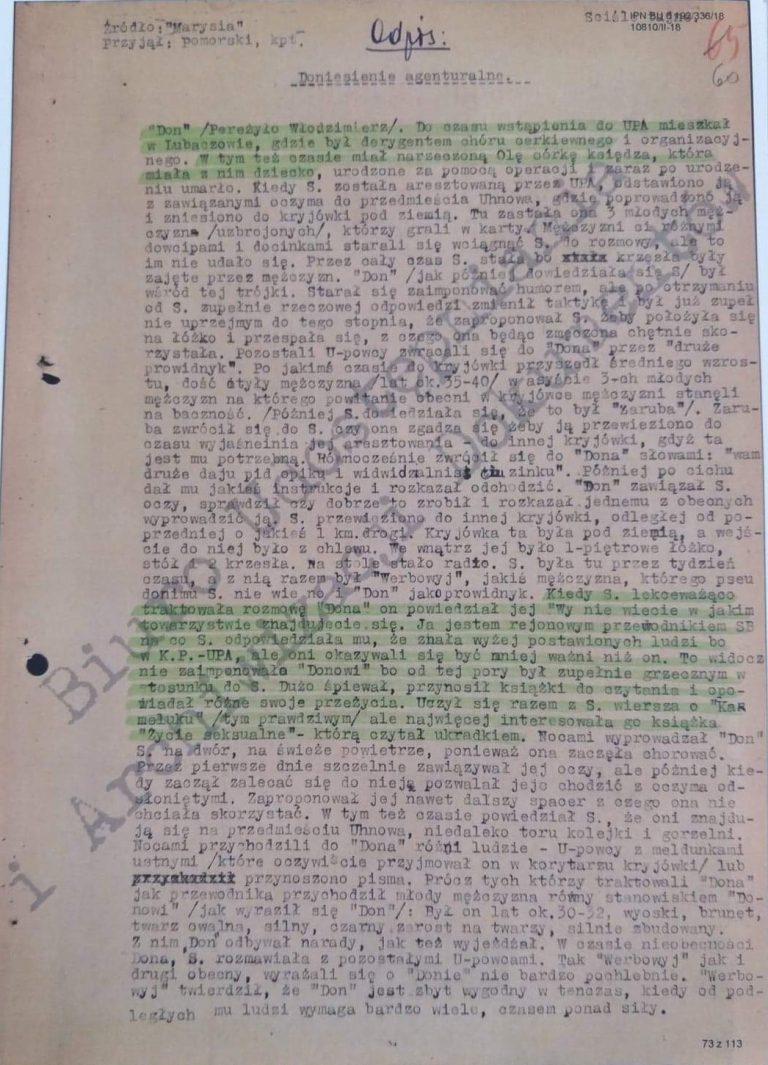
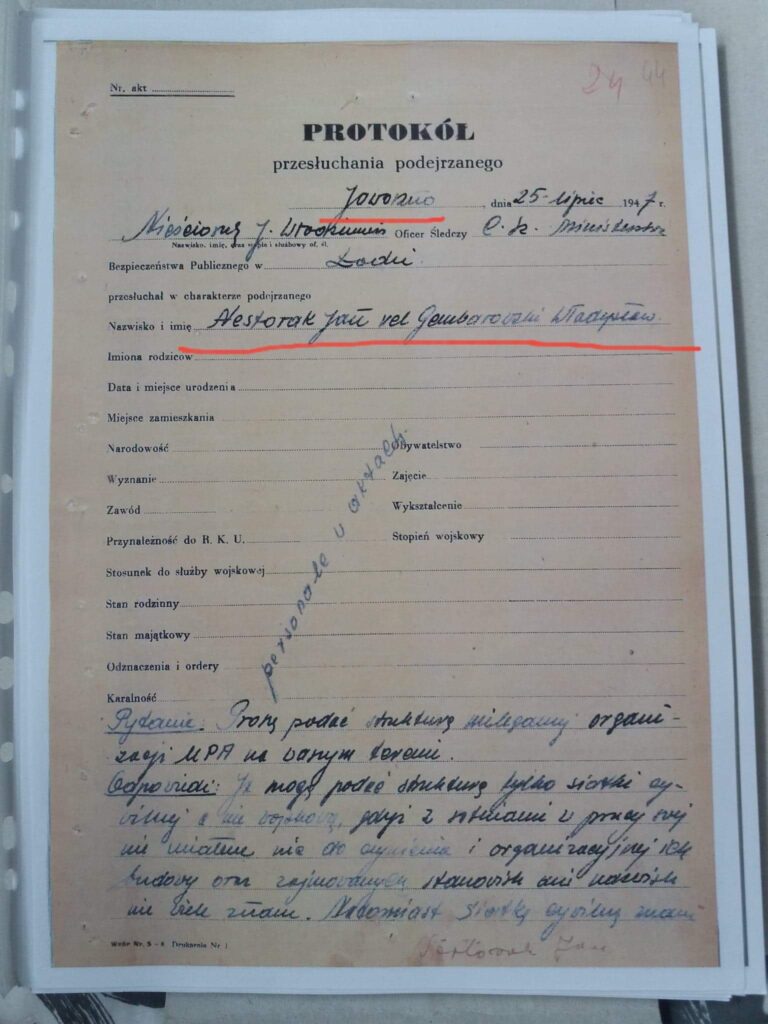

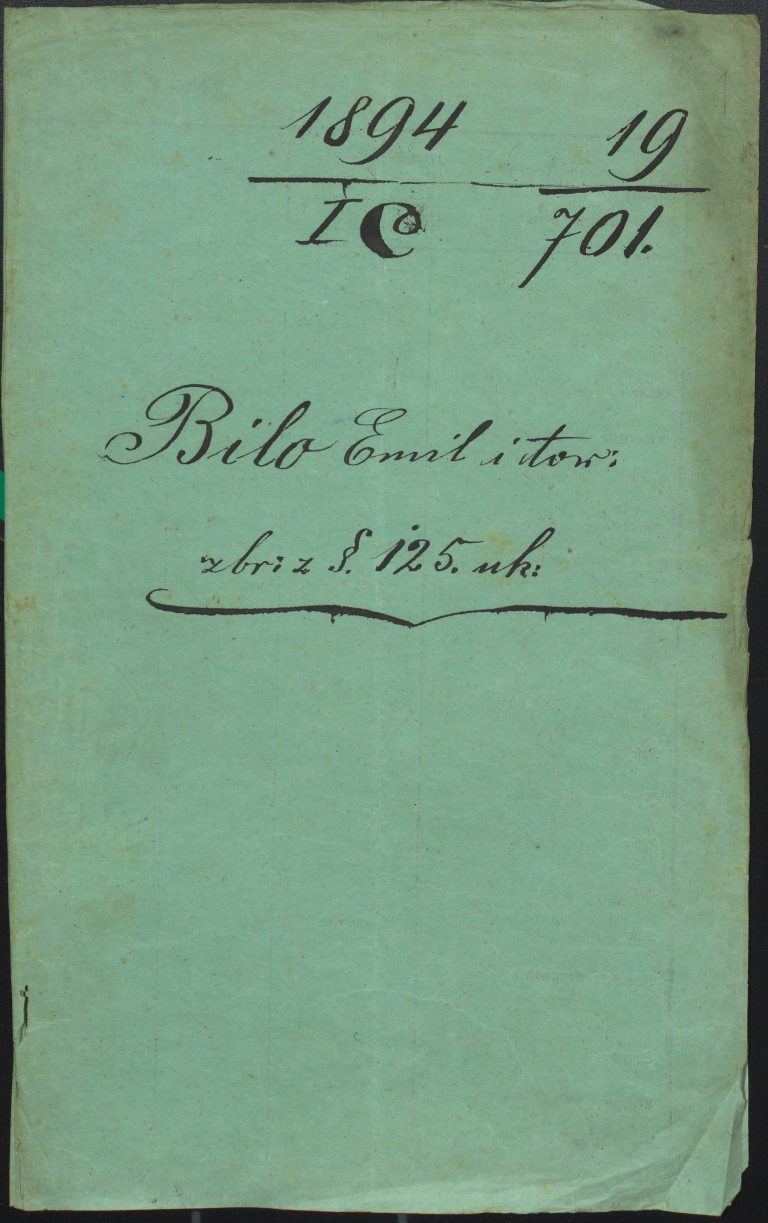
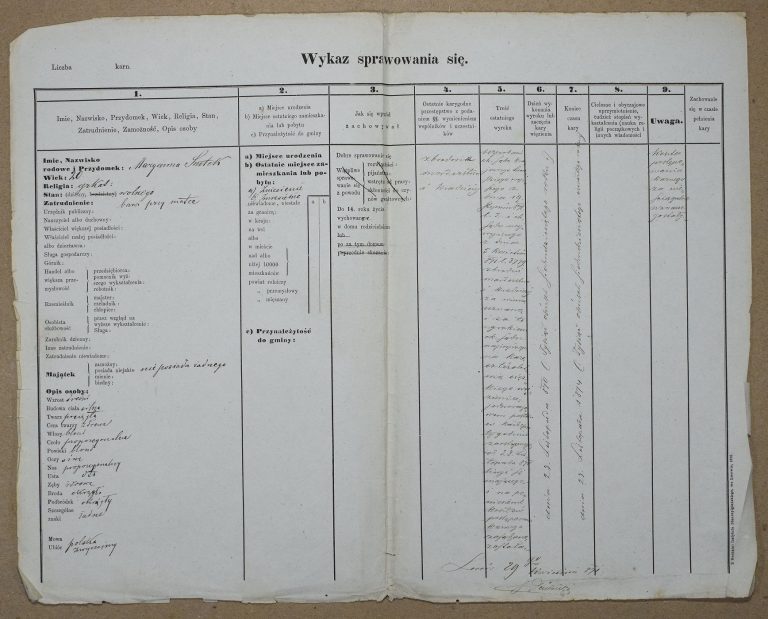
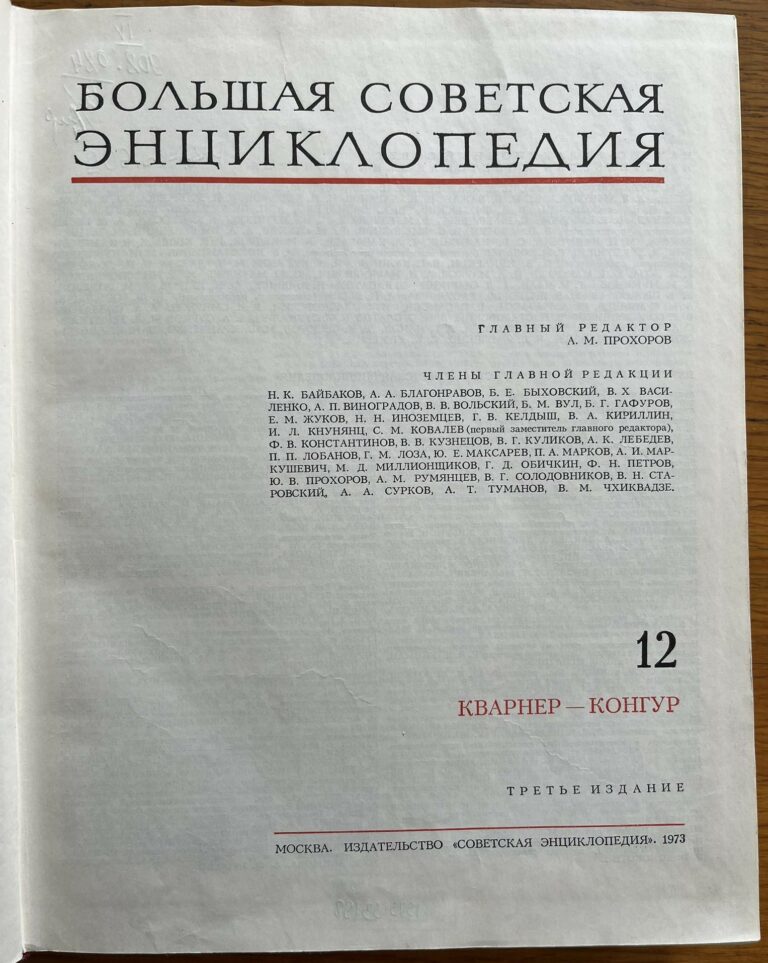

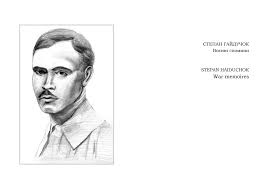
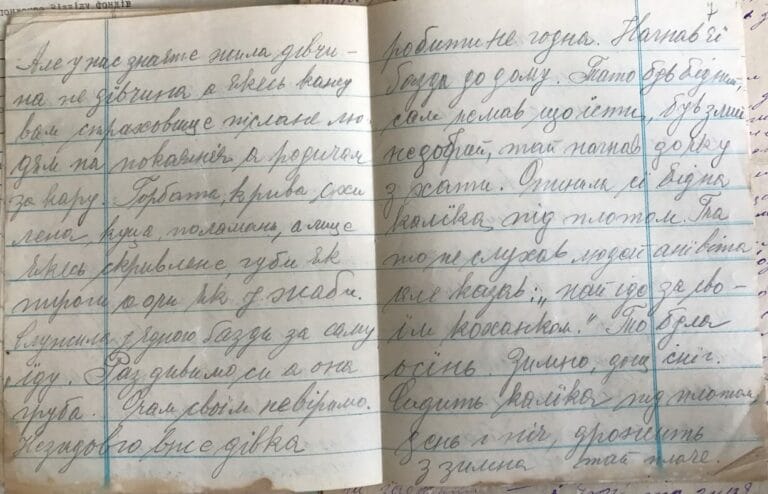


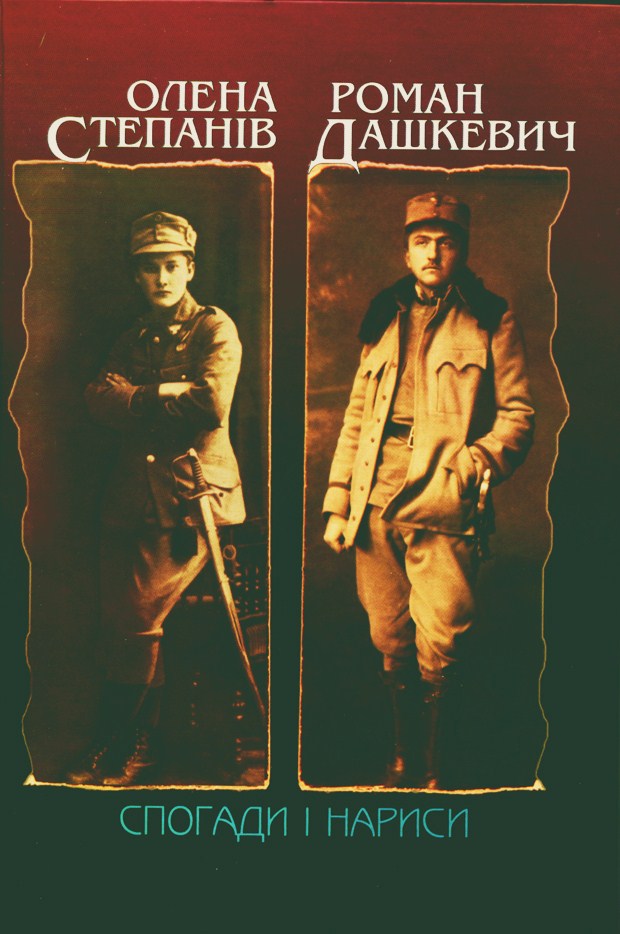
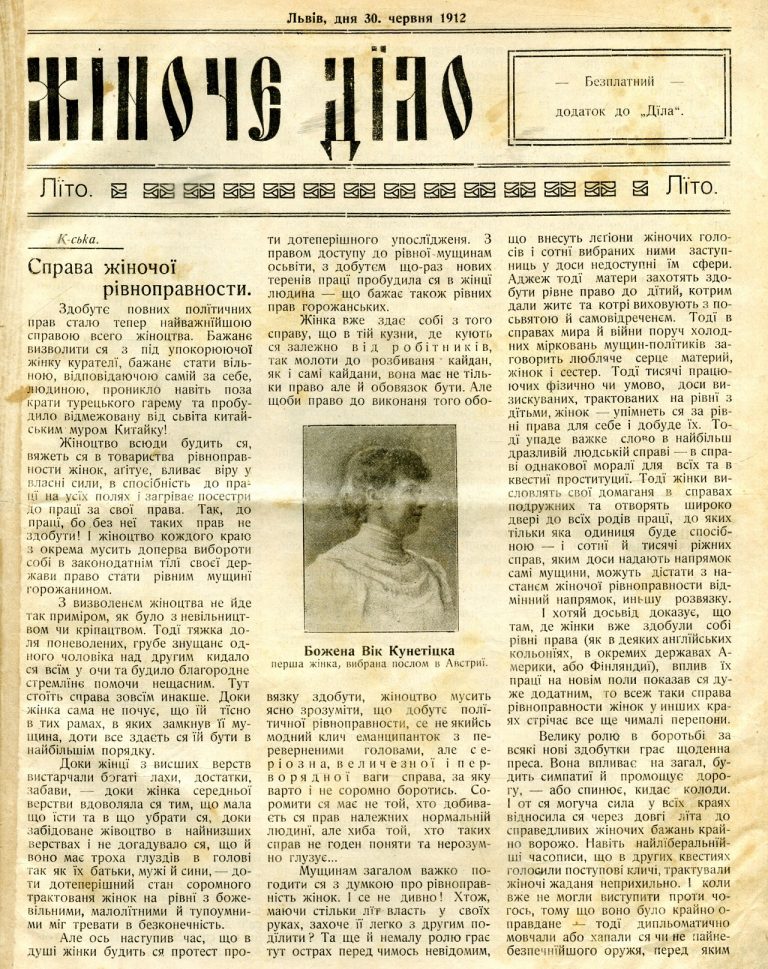
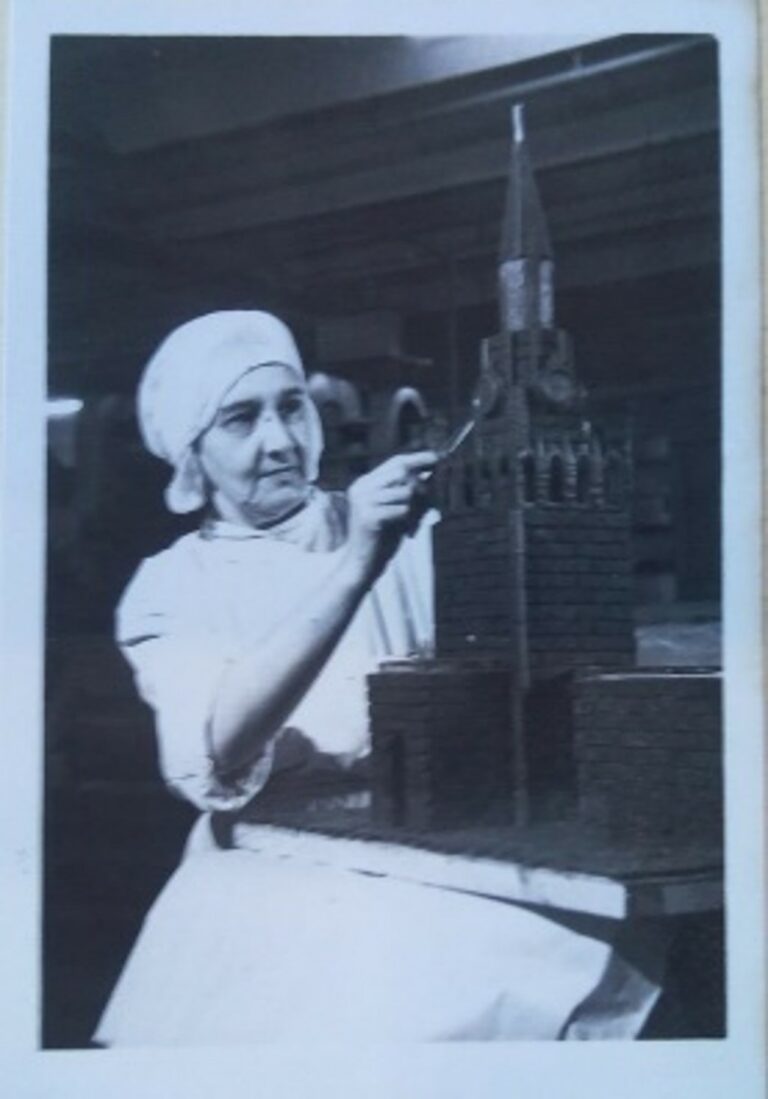

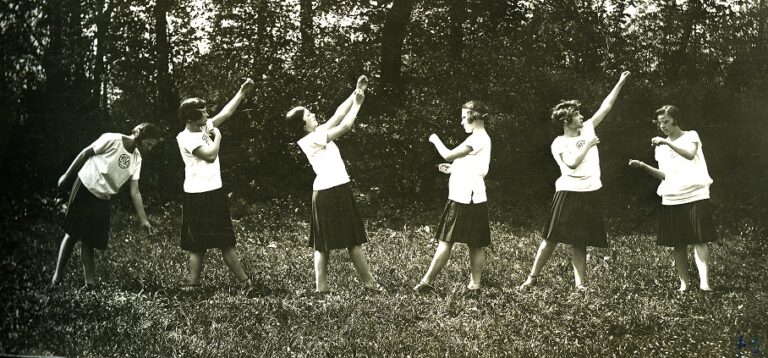

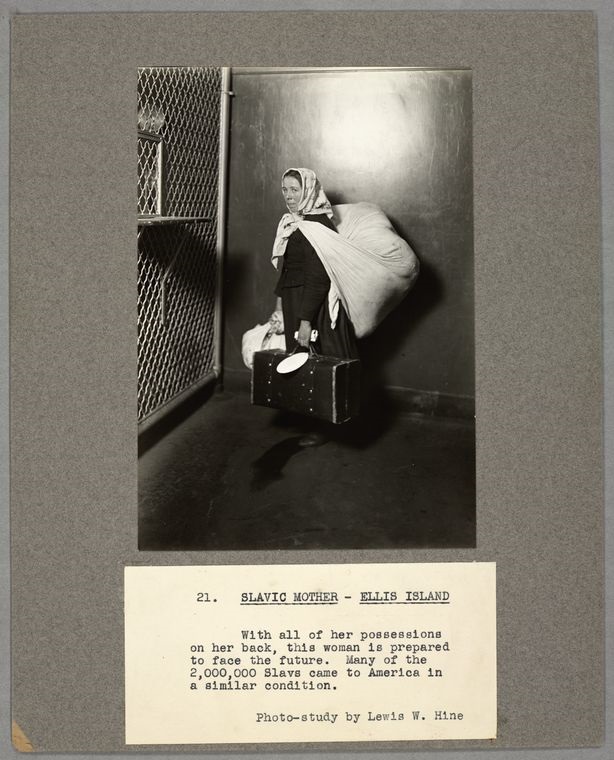
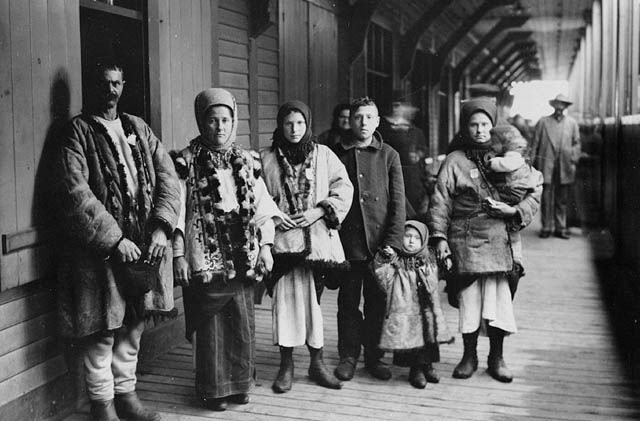
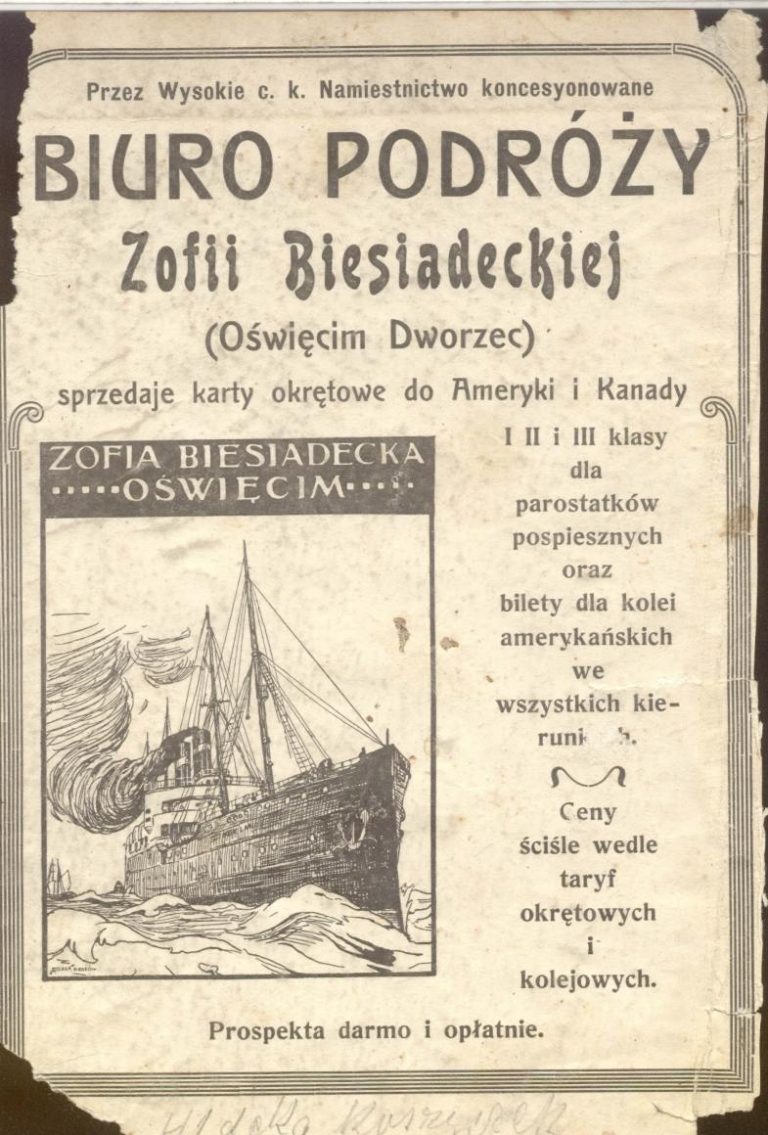

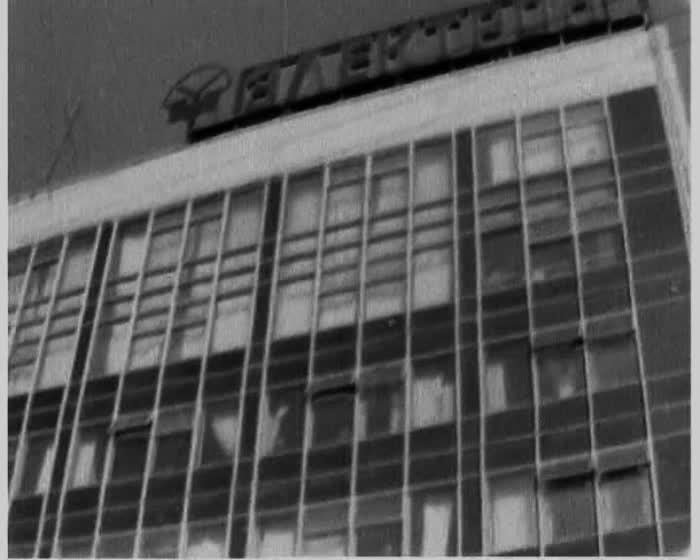
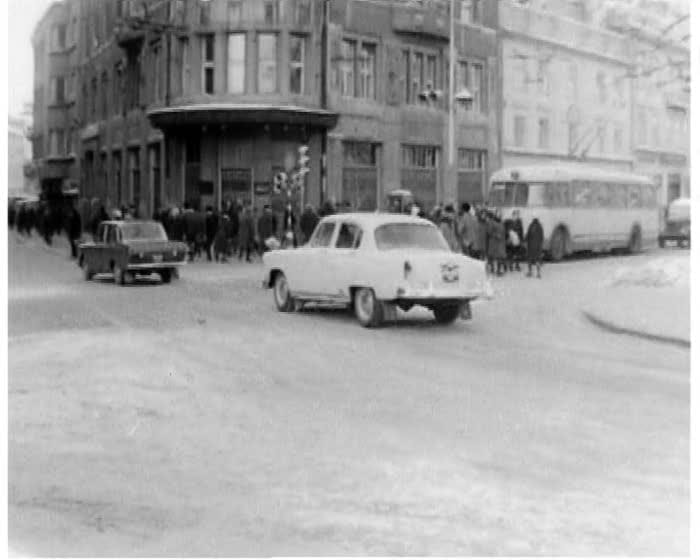
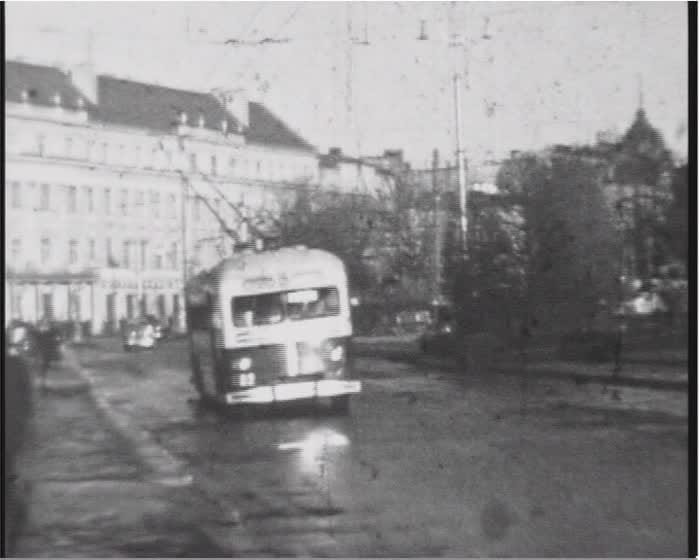
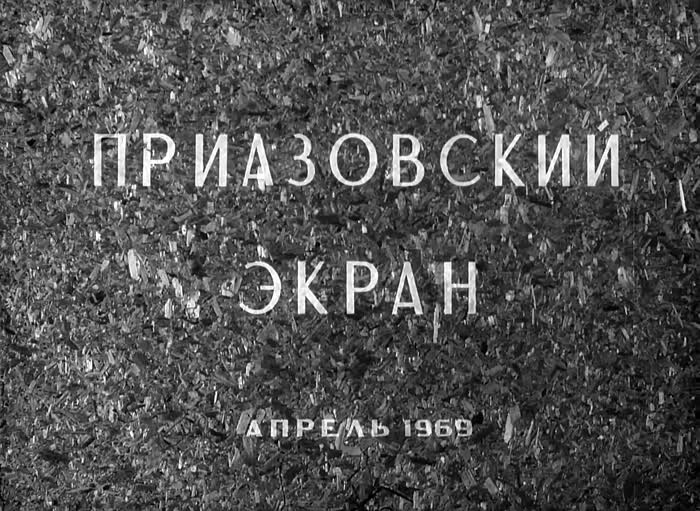
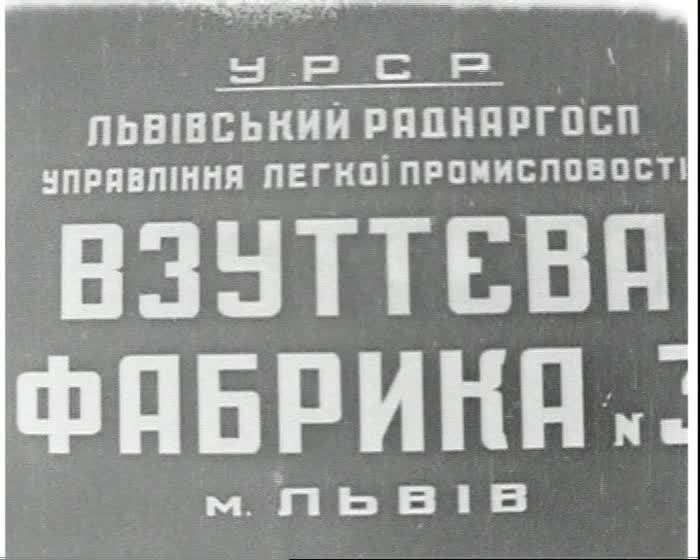
![Image for The Morality of Mrs. Dulska, 2013 TV Movie [Moralność pani Dulskiej]](https://edu.lvivcenter.org/wp-content/uploads/2022/10/moralnosc-pani-768x508.jpg)

